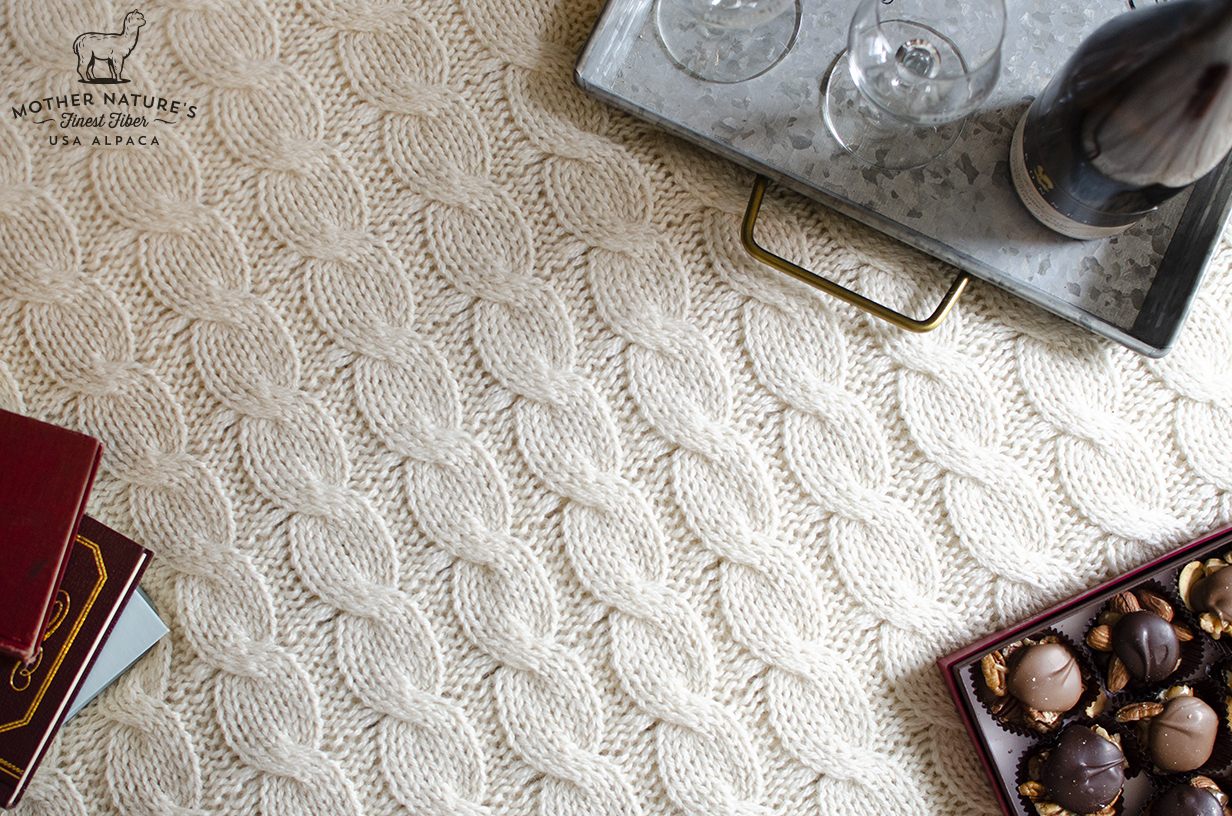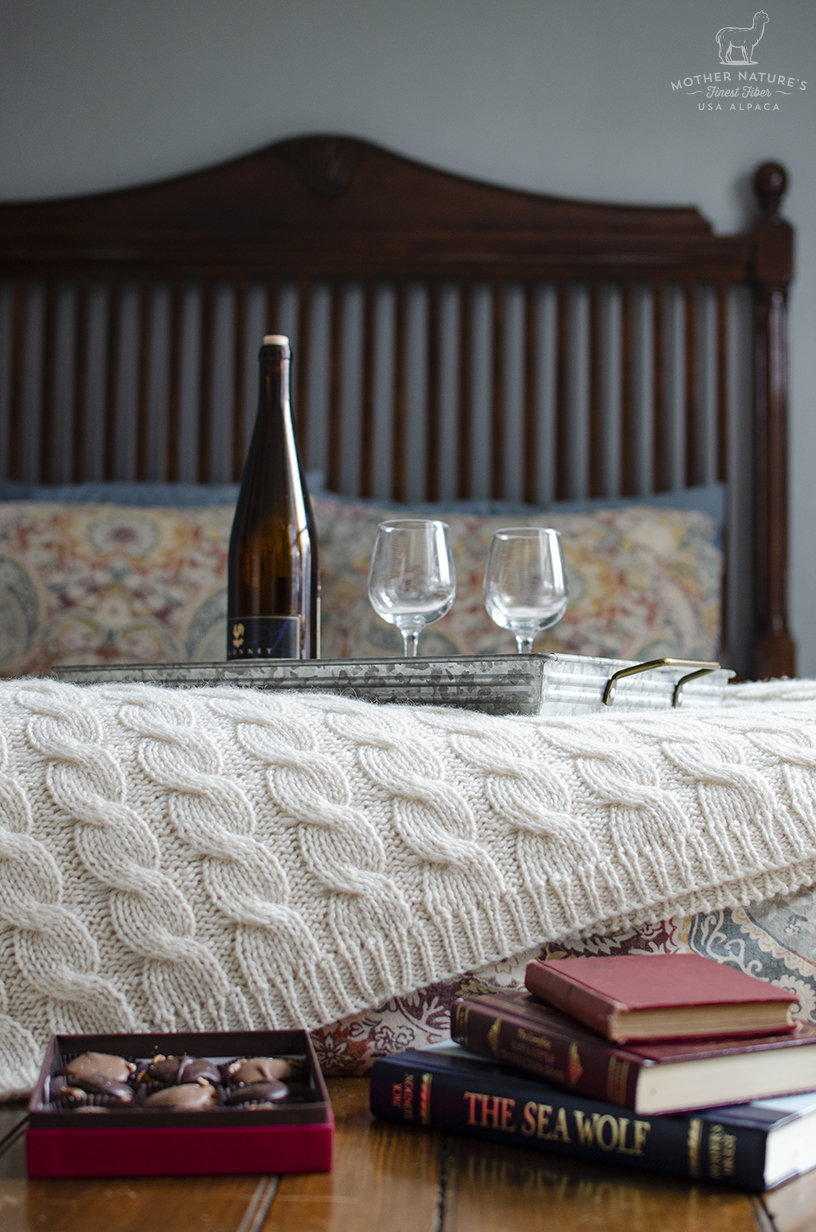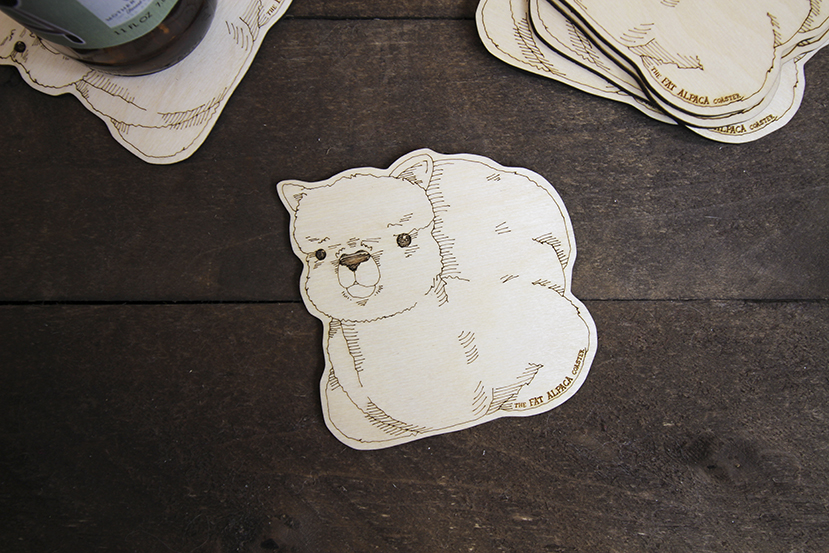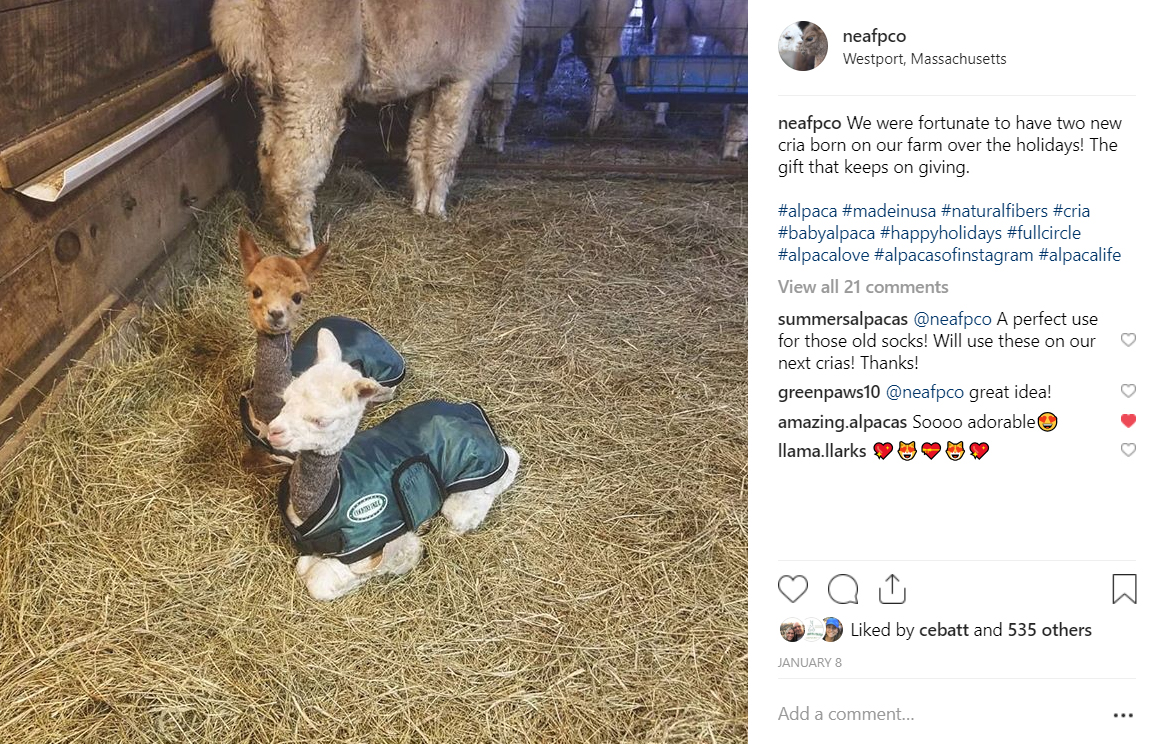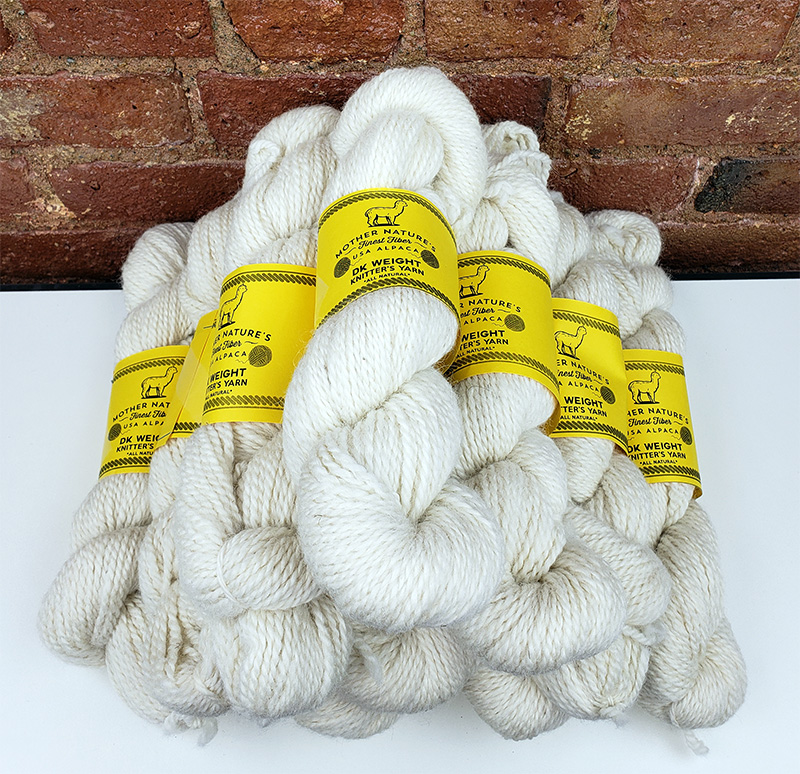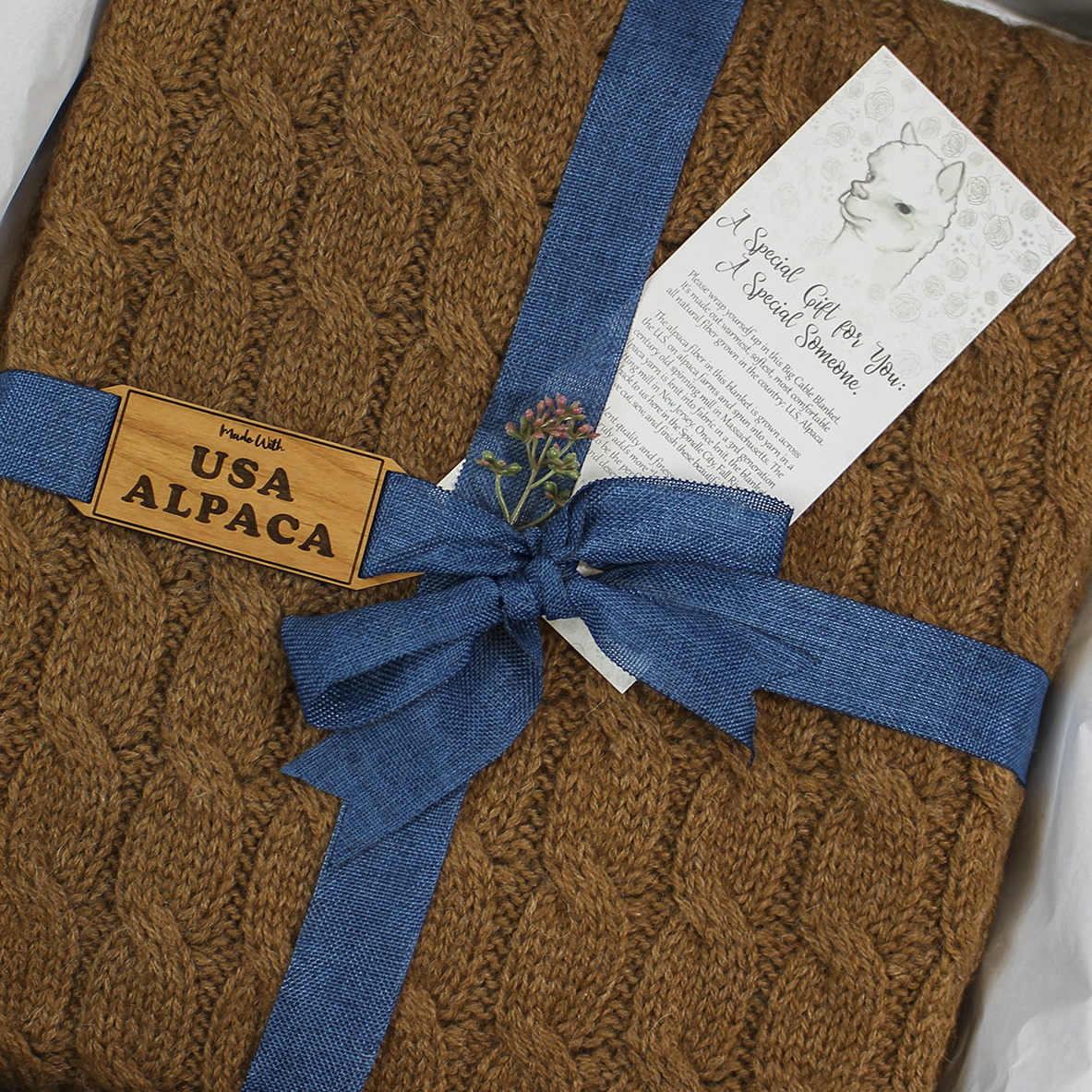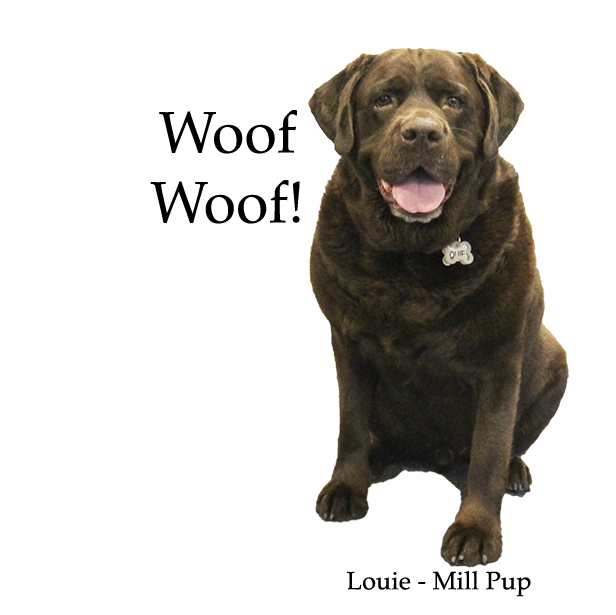Recent Blog Posts
-
03/22/2024Introducing our newest U.S. Alpaca product: Textured Rib Alpaca Shawl
-
08/16/2023NEAFP Article: Email Marketing is still a MUST do for all Alpaca Farms
-
06/27/2023NEAFP Article: Off the Beaten Path Agritourism Ideas
-
04/06/2023Take our 2023 NEAFP Fiber Collection Survey!
-
03/10/2023New Unicorn Yarn Colorway in Sportweight: Pink Poppy
-
01/19/2023Save the Date: Eastern Alpaca Jamboree - 3 shows under one roof!
-
09/16/2022Sept. 2022: Stock these Best Sellers Ready to Ship!
-
07/23/2022Introducing Cradle 2 Grave Upcycled Alpaca Products
Alpaca Coloring Pages
- Winter #1: Build a Snowman Activity
- Winter #2: Extreme Sports
- Valentine's Day: Alpaca Wedding
- St. Patrick's Day: Leprechaun
- Spring: April Showers
- Summer: Beach Day
- 4th of July: Colonial Alpacas
- Summer: Farmer's Market
- Fall: Apple Picking
- Halloween #1: Costume Contest
- Halloween #2: Spooktacular Halloween
- Thanksgiving #1: Giving Thanks Activity
- Thanksgiving #2: Pilgrim Alpacas
- Christmas #1: Deck the Halls
- Christmas #2: Santa's Workshop
Alpaca Fact Series
Business Resources
- Article: Email is still a MUST DO for all Alpaca Farms
- Article: Off the Beaten Path Event Ideas on the Alpaca Farm
- Download: Sock Photo Download Folder
- Graphics: Shop Small this Holiday Season
- Article: Form Follows Function: Dressing for Fall and Winter 2020
- Graphics: Sock and Handwear Comparisons
- Article: A Change in the Seasons: Farms Continue to Adapt into the Busy Harvest Season
- Graphics: How to Support Alpaca Farms
- Graphics: Alpaca Fiber Properties
- Article: Customer Retention: Building Customer Loyalty for your Ecommerce Business
- Article: Harnessing Storytelling to Market Your Business
- Article: The New Normal and a Renewed Support for U.S. Alpaca
- Article: Use Gift Cards to Increase Sales
- Article: Virtual Farm Tours: Bringing People & Alpacas Together in the Virtual World
- Graphics: Get the Most out of your Fiber Harvest
- Graphics: Alpaca Knitter's Yarn Guide
- Article: Mike and Sean's Adventure in Retailing
- Article: Harnessing Holiday Sales Momentum into the New Year
- Graphics: U.S. Alpaca Holiday Gift Guide
- Graphics: Small Business Saturday Resources
- Article: Tools and Topics for Implementing Healthy Soil Agriculture
- Article: Successful Social Media Marketing for Alpaca Farms
- Article: Agritourism on the Alpaca Farm
- Article: Finding Success at Fall and Winter Markets
- Article: Brand Identity & Your Local Community
- Article: Social Media: Alpacas are STILL Seriously Trending
- Article: Let's Get Personal: Expanding your Inventory with Product Personalization
- Article: Part 2: Promoting your Brand Online through Product Styling
- Article: Promoting your Brand Online through Product Styling
- Article: 7 Old School Ways to Spread the Word about your Event
- Article: 5 Ways your Open House can increase Future Sales
- Article: Top Alpaca Related Hashtags to increase your Reach!
- Article: Alpacas are SERIOUSLY Trending
- Article: How to Utilize CO-MARKETING
- Article: Farmers Share their Booths and Tips
- Article: Mobile Payment Survey Results
- Article: Product Photography Do’s and Don'ts
- Article: Driving Business After the Holidays
- Article: Marketing Reflection and Planning
- Article: The Slow Alpaca meets Slow Fashion
- Article: Use Gift Cards to Increase Sales
- Article: The Importance of Being Mobile Friendly
News
New All Natural Knitter's Yarn in Sportweight now available!
.jpg?1561549768907)
We are excited to release our newest addition, Sportweight, to our All Natural line of Knitter's Yarn!
This new All Natural Sport Weight Knitter's Yarn is made using U.S. Grown Alpaca blended with U.S. Merino Wool. It's soft, warm, and cozy and the lighter Sport Weight yarn allows for intricate and smooth knitting.
Skeins are 3.5 oz and approximately 300 yards each. This yarn is a 3 ply, giving it a nice hand, improved strength, and consistent making it perfect for a wide range of knitting projects.
Soft, smooth, and bright - a truly beautiful yarn!
Contents: 70% US Alpaca, 30% US Merino
Needle Size: 5-7
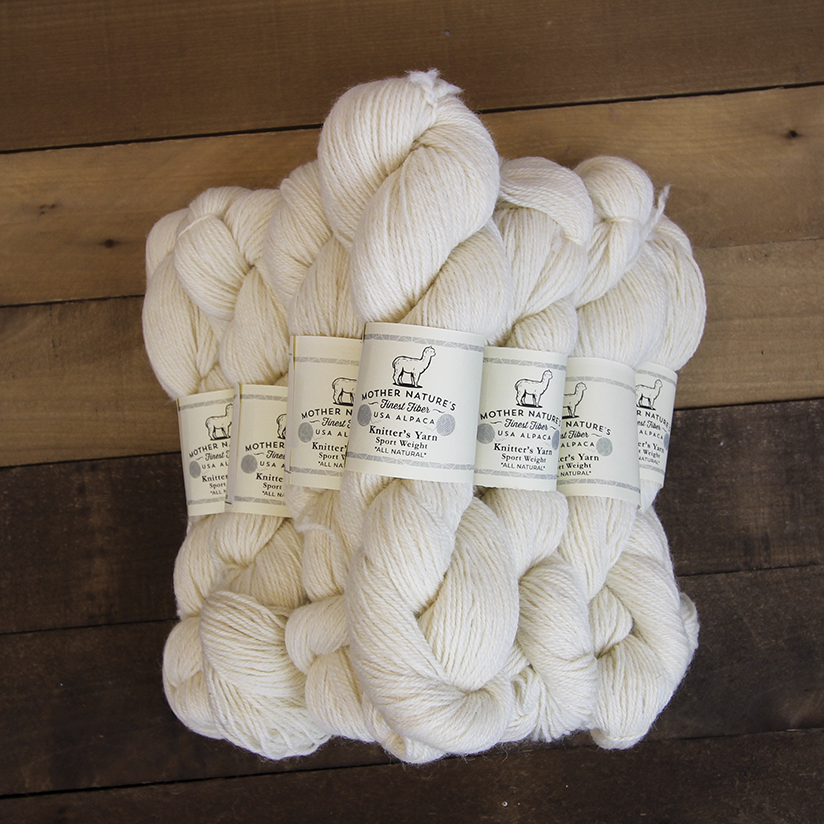
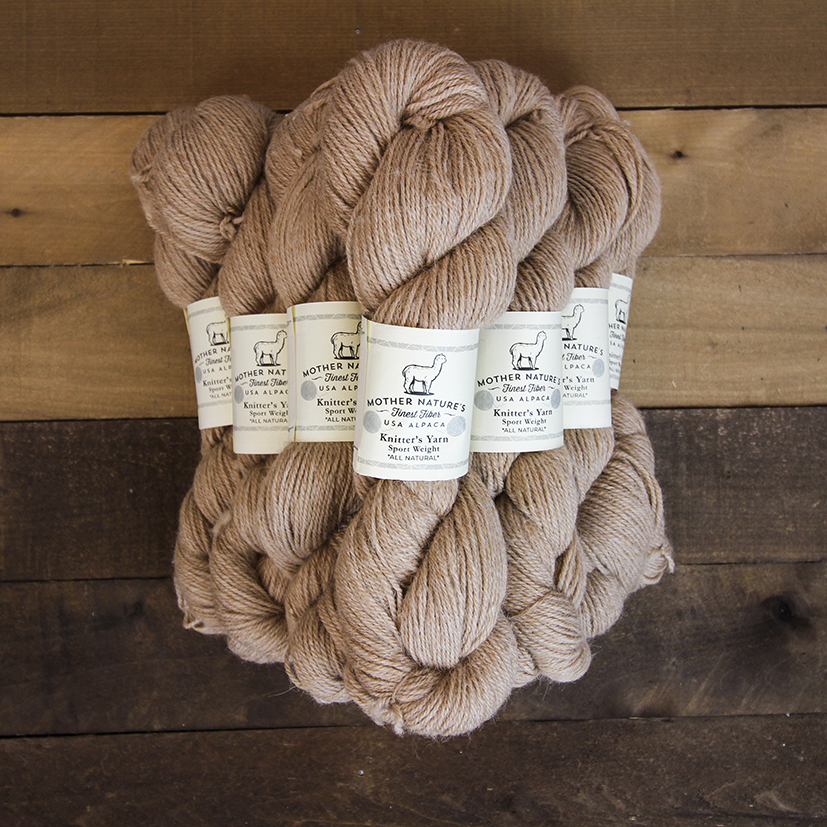
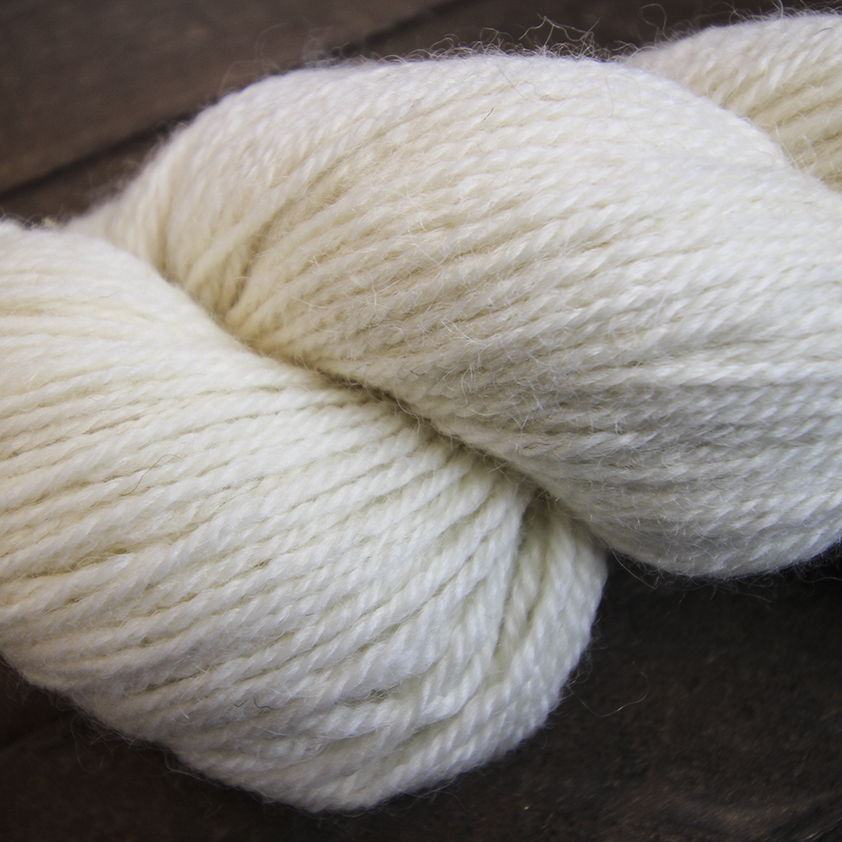
Don't Forget Dad!
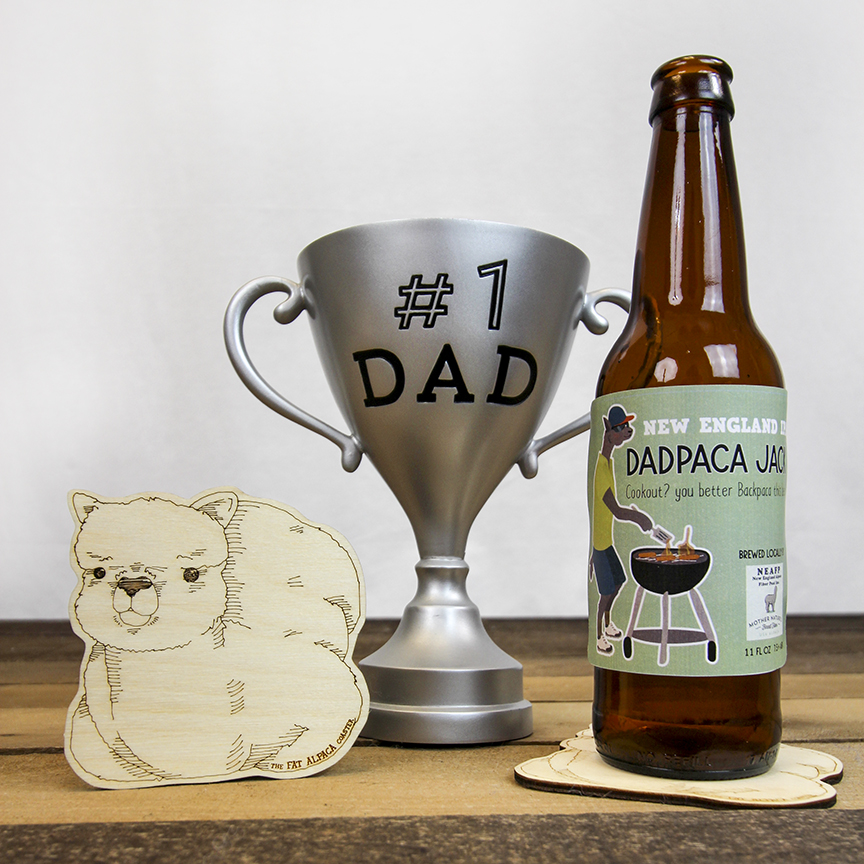
Backpaca Jack is hanging up his backpack for the day to commandeer the grill, talk about how much easier crias have it these days, and tell some (not so) funny jokes: Meet Dadpaca Jack!
Happy Father's Day!
Today we raise a glass to all dads: new, old, grandads, stepdads, and everything in between! Thank you for all you've done and continue to do for the "crias" in your life!
By the way, we were so excited about Father's Day we might have also included a Sneak Peek of our latest product. Stay tuned for the release of The Fat Alpaca Coaster!
June's NEAFP Note is here!

June's NEAFP Note is officially available, read it here: http://bit.ly/2019JUNENEAFPNOTE
Topics Include: Alpaca off to the Summer Races, Gentle Touch: A New Look, DK Yarn, Navy and Pink, AOA Fiber Extravaganza, Fiber U, 10th Annual Shearing Competition, Sorting Status, and our upcoming annual Summer Break!
Want our monthly email newsletter delivered right to your inbox?
Our *NEW* DK Knitter's Yarn is now available in FAWN!
We've added Fawn DK to our lineup of natural yarns!
Earlier this year we announced the release of our new DK Knitter's Yarn, featuring an all-natural blend of fiber. We're excited to introduce the same 70% Alpaca, 30% Merino blend now in Fawn!
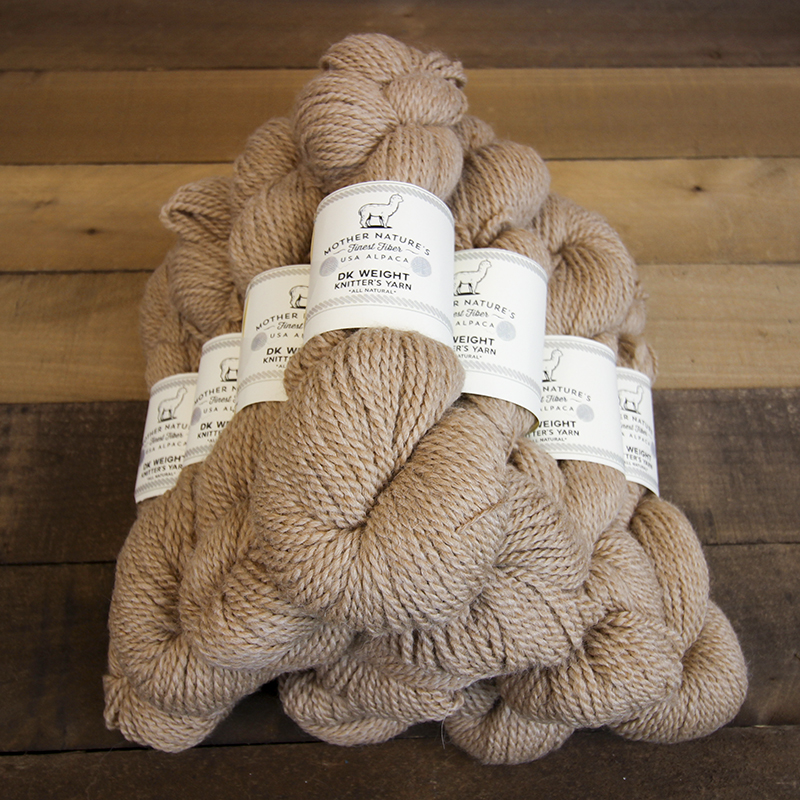
This new All Natural DK Weight Knitter's Yarn is made using U.S. Grown Alpaca blended with U.S. Merino Wool. It's soft, warm, and cozy and the DK weight is fast knitting and perfect for a wide range of patterns.
Skeins are 3.5 oz and approximately 185 yards each. This yarn is a 2 ply, giving it nice hand and improved strength for a wide variety of projects.
Soft, smooth, and bright - a truly beautiful yarn!
Contents: 70% US Alpaca, 30% US Merino
Needle Size: 9-10
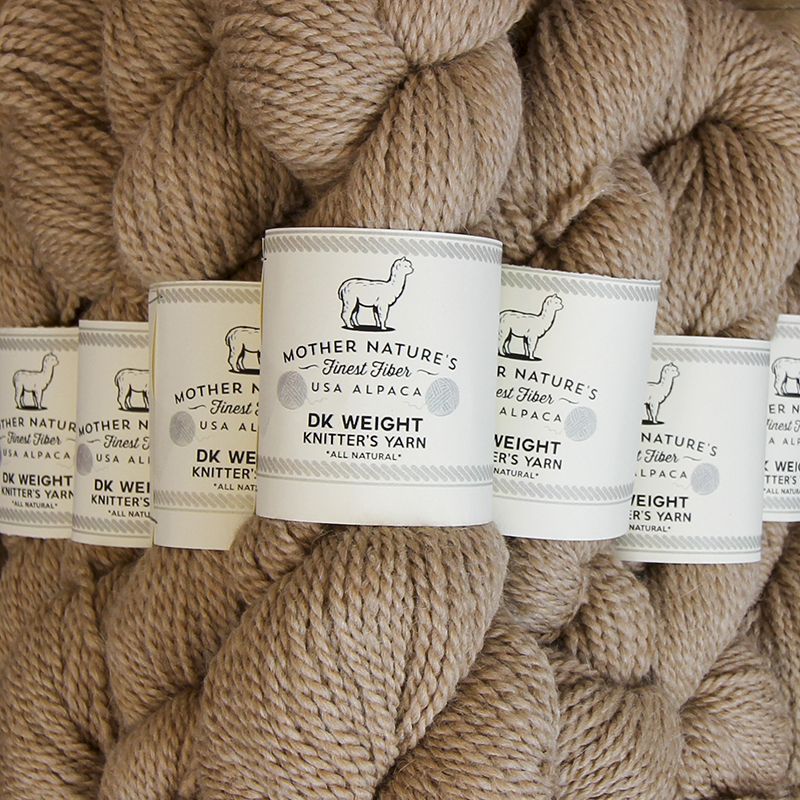
p.s. Can't get enough of our new All Natural DK Knitter's Yarn? Check out our DK Weight Unicorn Yarns available now as part of our Limited Small Batch category!
Join NEAFP at the AOA Fiber Extravaganza!
NEAFP is heading to the AOA Fiber Extravaganza!
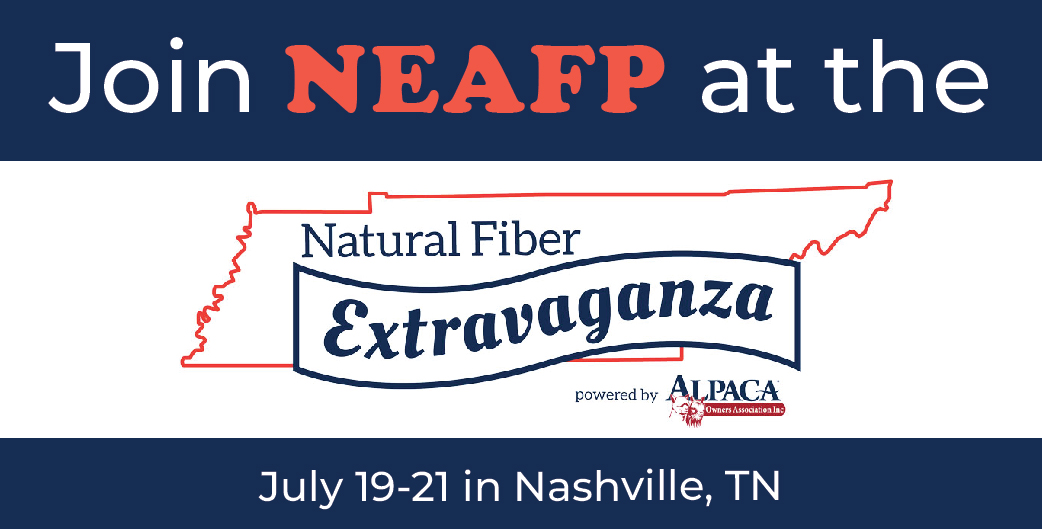
In just a few short weeks, NEAFP will be heading to Nashville, Tennessee in for the AOA’s Natural Fiber Extravaganza. Held from July 19th through the 21st, the Natural Fiber Extravaganza is a celebration of all things alpaca fiber. Join other alpaca farmers for a weekend of fleece and fiber art shows, workshops and seminars, and even alpaca yoga!
A number of competitions will take place throughout the weekend, including a spin-off, fiber arts competition, student design competition, and alpaca photo contest. Of course, AOA’s International Fleece Show, the largest Alpaca Fleece show in the northern hemisphere, is not to be missed. Looking to bolster your alpaca-related skills or knowledge? Exciting workshops will allow for hands-on experience in skills such as spinning, felting, and dyeing, while seminars throughout the weekend promise to educate on a range of topics ranging from marketing to sustainable fashion.
NEAFP will be one of many vendors available to peruse, so come place your order for U.S. alpaca products and check out some of our exciting new items like our Alpaca T-shirts! Don’t forget to register on the AOA website for the Carbon Farming Seminar led by NEAFP’s own Chris Riley. Chris recently organized a carbon farming group of local alpaca farms, federal, state and local agriculture organizations to study carbon farming and its effect on the environment. Chris is excited to share what he has learned about sustainability and the intersection between carbon farming and alpaca farms on Sunday, July 21st.
We hope to see you there!
NEW Downloadable Content: Happy Mother's Day! Alpaca Mothers & Crias

Find it here on Facebook, or download a full-size, printer-friendly version at the bottom of this article!
Just in time for Mother's Day! A Shareable graphic about Alpaca moms and their crias!
Check out our other downloadable graphics in previous blog posts:
3. Earth Day: The Sustainable Alpaca
Feel free to share it on your social media page or print it and use it at your next farmer's market as an educational resource.
Download the printer-friendly file here!
Have an idea for a future graphic? Email us your ideas to support@neafp.com
May NEAFP Note is here, Happy Mother's Day!
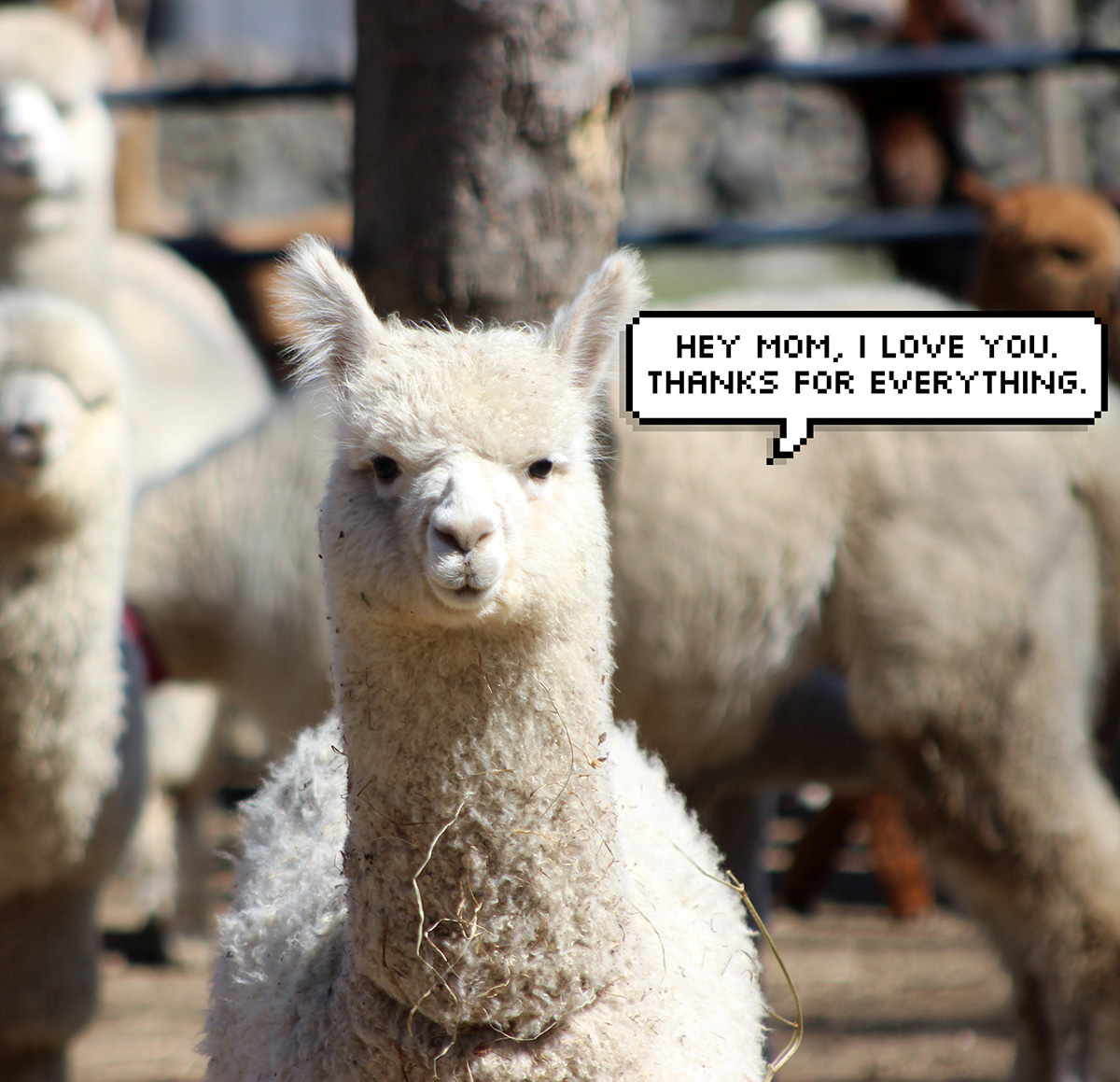
Our May 2019 NEAFP Note newsletter is officially out!
In this NEAFP Note:
- Happy Mother's Day
- Article: Brand Identity
- New Unicorn Yarn Colorway
- New limited T-Shirt Colorway
- RSVP for Parade of Champions
- RSVP for 10th Annual Shearing Competition
Read it in full here: http://bit.ly/2019MAYNeafpNote
New limited Love Alpaca Mandala T-Shirt color way available now!
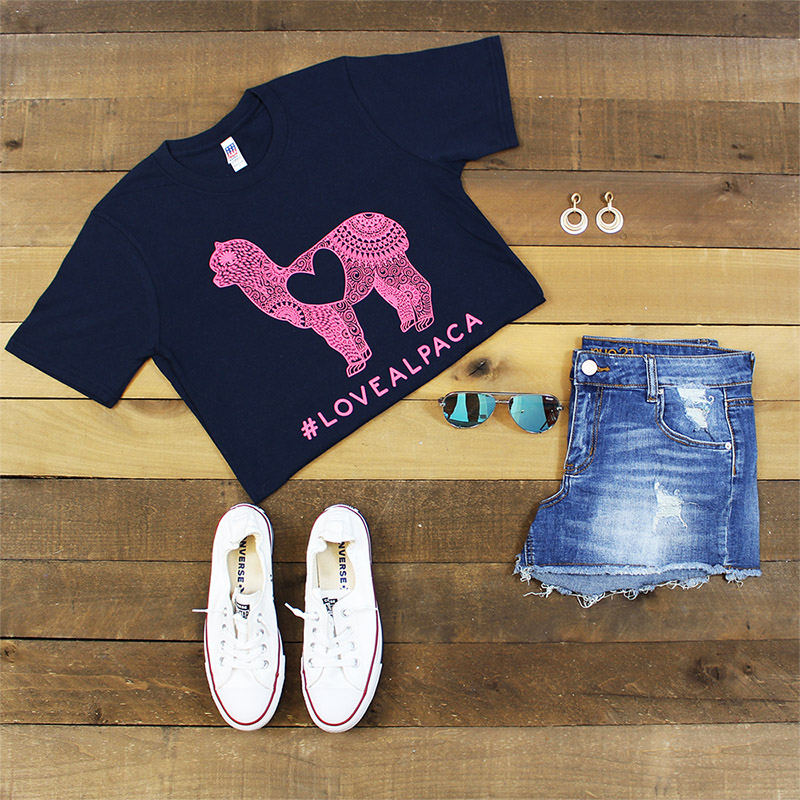
Our 2nd round of Love Alpaca Mandala T-Shirts are finished and ready to ship now.
Along with a restock in our existing color ways we also produced a limited run of the Navy Shirts w/ Pink graphics and they came out beautiful!
Although it's been raining for about a month straight here in our neck of the woods, we channeled the warmer months to put together this cute Outfit of the Day!
Celebrating Mother's Day early with a new Unicorn Yarn Colorway
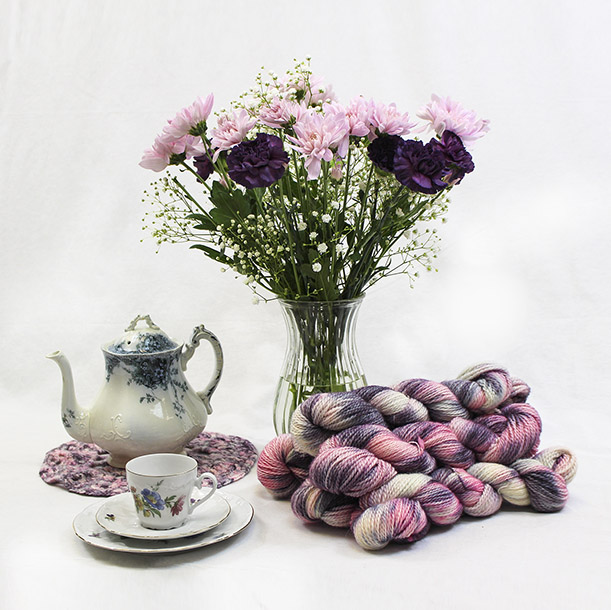
Happy Mother's Day!
We wanted to celebrate a little early to share our latest colorway of Unicorn Yarn.
Inspired by all of our Mother's unconditional love, Forget Me Not is hand-painted on our latest all natural DK Weight Knitter's Yarn.
Available now as part of our Limited Small Batch category!


Article: Brand Identity & Your Local Community
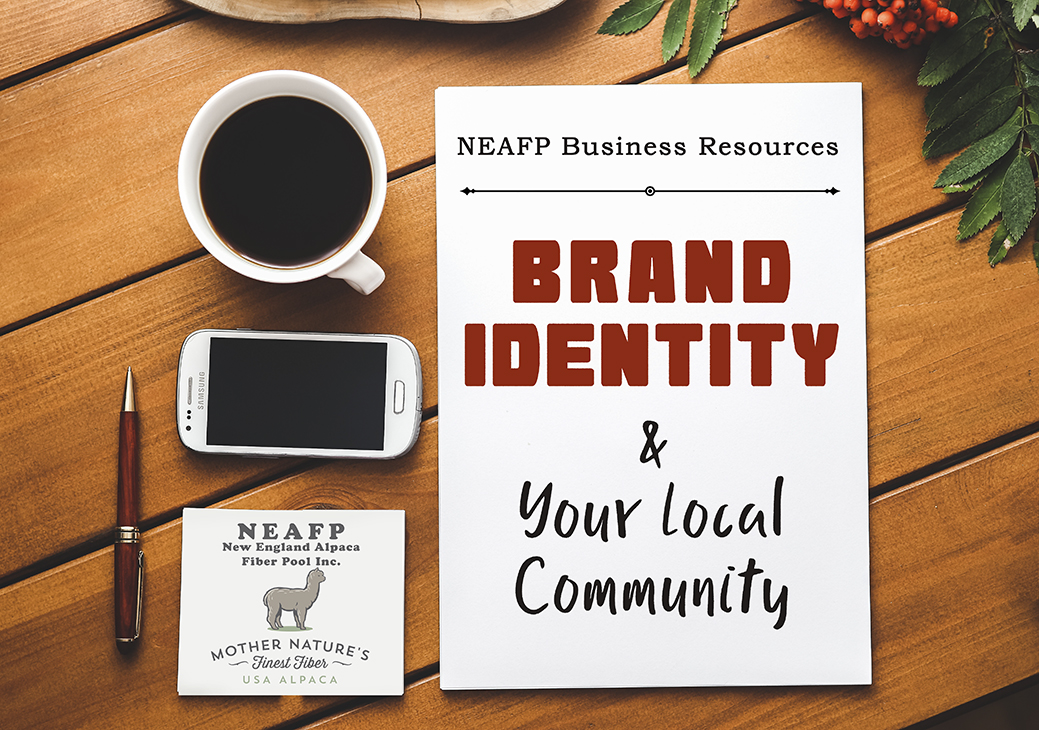
Once shearing is behind you, and you’ve taken some time to breathe, you may find it worthwhile to review your branding strategy for the coming year.
As we’ve discussed before, it is important to understand and use different branding strategies to achieve success. From choosing and photographing your products, to exploring different avenues of social media marketing, now is the time to reflect on the messages you hope to communicate to your potential customers. Most farms could not be successful without patronage by their local community members, who look to them for alpaca products, educational information and opportunities to engage with the animals. The way that you brand yourself can make you a more visible authority on all things alpaca, driving your influence in your local community.
Educate and Communicate
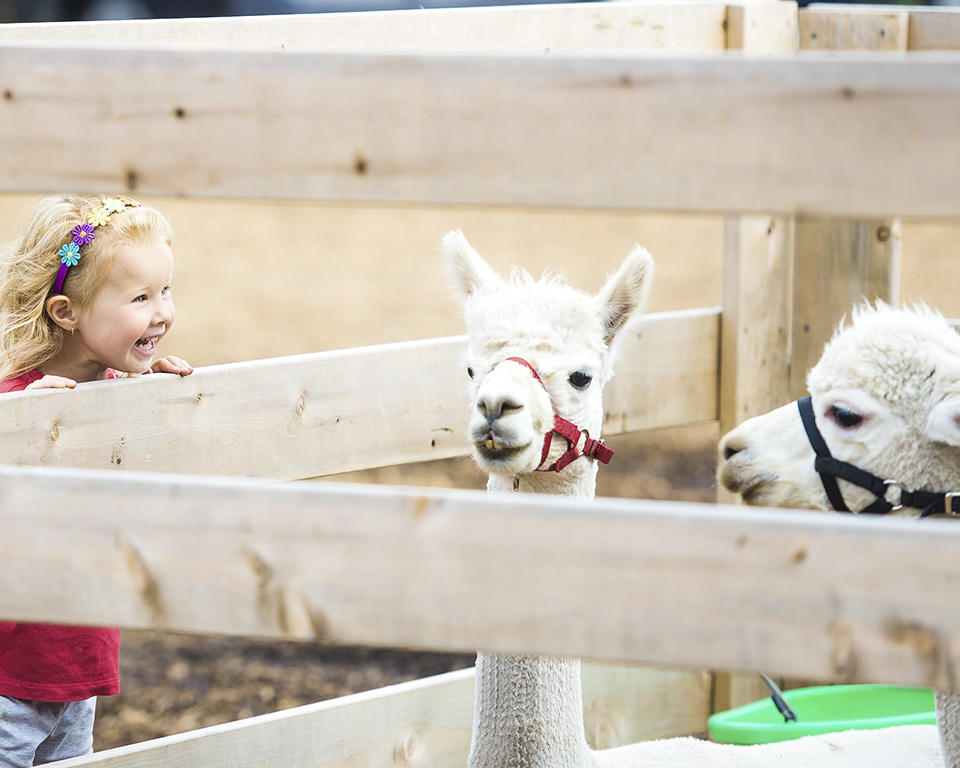
Rather than considering yourself solely an alpaca farmer that sells alpaca products, envision your farm as an important community resource. If possible, take on a leadership mentality and become the local authority on alpacas and alpaca products. Put extra effort into educating your customers so that they know to return to you with further questions about alpacas. They will appreciate the information, and will likely associate your knowledge with higher quality products. Customers are more likely to invest in your brand if it is a cause that they support or trust, so take the time to communicate with potential customers transparently.
How can you put this into practice? A good example is the recent interest in “pet” alpacas. It is wise to have educational material posted at booths and farms to dispel rumors or myths in the first place. However, once you receive such an inquiry, rather than alienating the potential customer who is interested in a “pet” alpaca, invite them to visit your farm and explain how alpacas operate within a herd. You can invite this person to return to visit your happy herd in the future, while (hopefully) discouraging them from acquiring one as a pet.
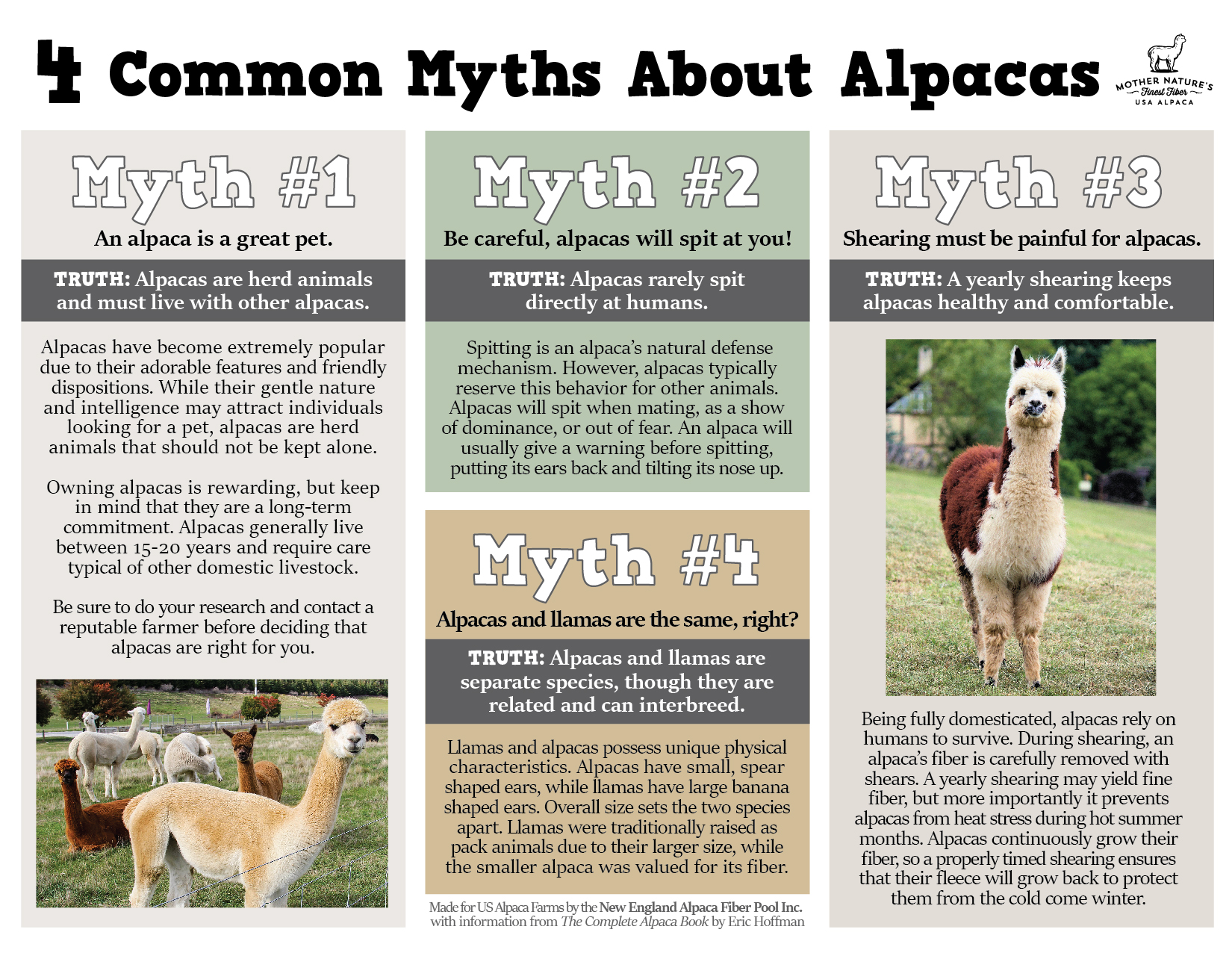
Did you miss our Downloadable Poster on Alpaca Myths? Head here to download a full-size version to post at your farm store!
Get Involved

In addition to becoming an educational resource, strive to become an active member of your local community. Don’t forget that your farm itself can be an important community space, as many alpaca farms have begun offering their site as an event space for fitness activities like yoga and private events like weddings. Consider reaching out to local portrait photographers to see if they’d be interested in using your property as a shoot location! While you may already participate local market events, think about other ways to increase your brand recognition through community engagement. Go to local events with alpacas, even out of market season, and remember to keep your social media active!
Here are some other ways to get involved:
-Donate a product to a local charity auction/raffle
-Sponsor a youth sports league
-Volunteer at a local event
-Visit schools, hospitals, or retirement communities
-Partner with another organization for a special project
Creating Memorable Branding Elements
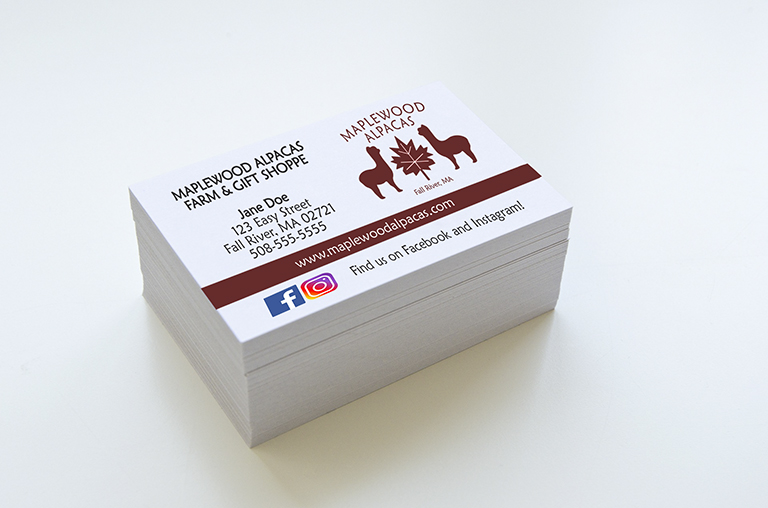
Creating memorable branding elements can raise greater value or equity in your brand, by raising recognition among your customers and local community. Your brand name, logo, any slogans you may use are just a few examples of branding elements. These elements should be unique enough to set you apart from your competition, while being relevant to your role as an alpaca farmer and producer of alpaca goods.
Your brand name, in this case your farm or farm business name, should ideally be easy to pronounce and spell, and unique but not over the top. It should resonate with potential customers and signal to them who you are and what you do.
If you’re in the process of branding your farm many individuals take into consideration their name, their location, and the qualities of their alpacas in creating a name for themselves.
A logo is an important tool to use across your marketing collateral: on business cards, websites, labels, and market booths, as a form of identification. Like your brand name, your logo should tell your story to the public. It should be simple, yet also relevant and communicate information about your brand. Consider also the color of your design elements, which can change the overall feeling of your brand.
For this article, we came up with a fictional Alpaca Farm to give an example of one route to take:
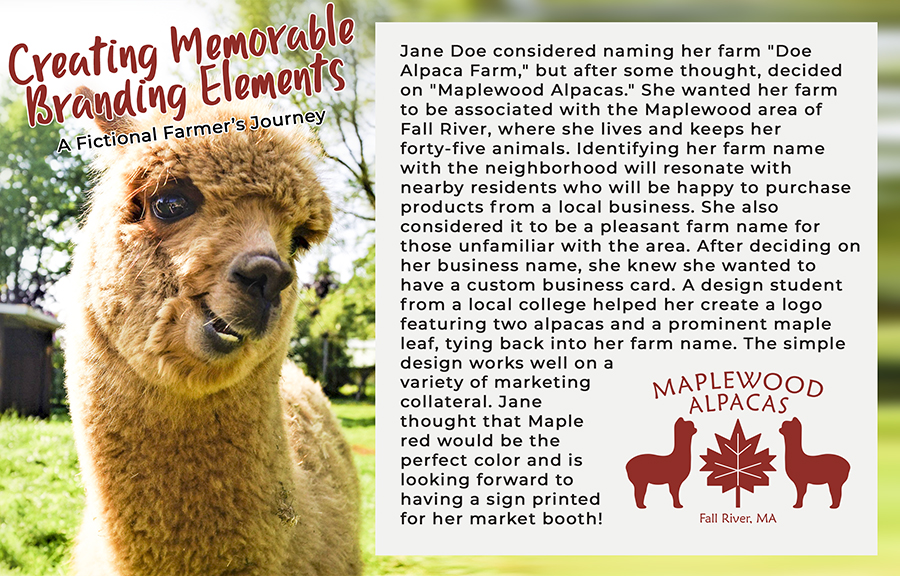
Time to Start Somewhere
Sure, it seems like a lot to take in, but there’s no better time to begin considering your brand! Start small by filling out a branding worksheet, many of which can be found online. Good Egg Marketing’s Brand Identity Worksheet is a great example of a worksheet designed to help you gain valuable insight about your brand.
We hope that these Business Resource Blog Posts have been helpful. Is there a topic you'd like us to cover in a future post? Write to us at support@neafp.com
NEW Downloadable Content: Earth Day - The Sustainable Alpaca
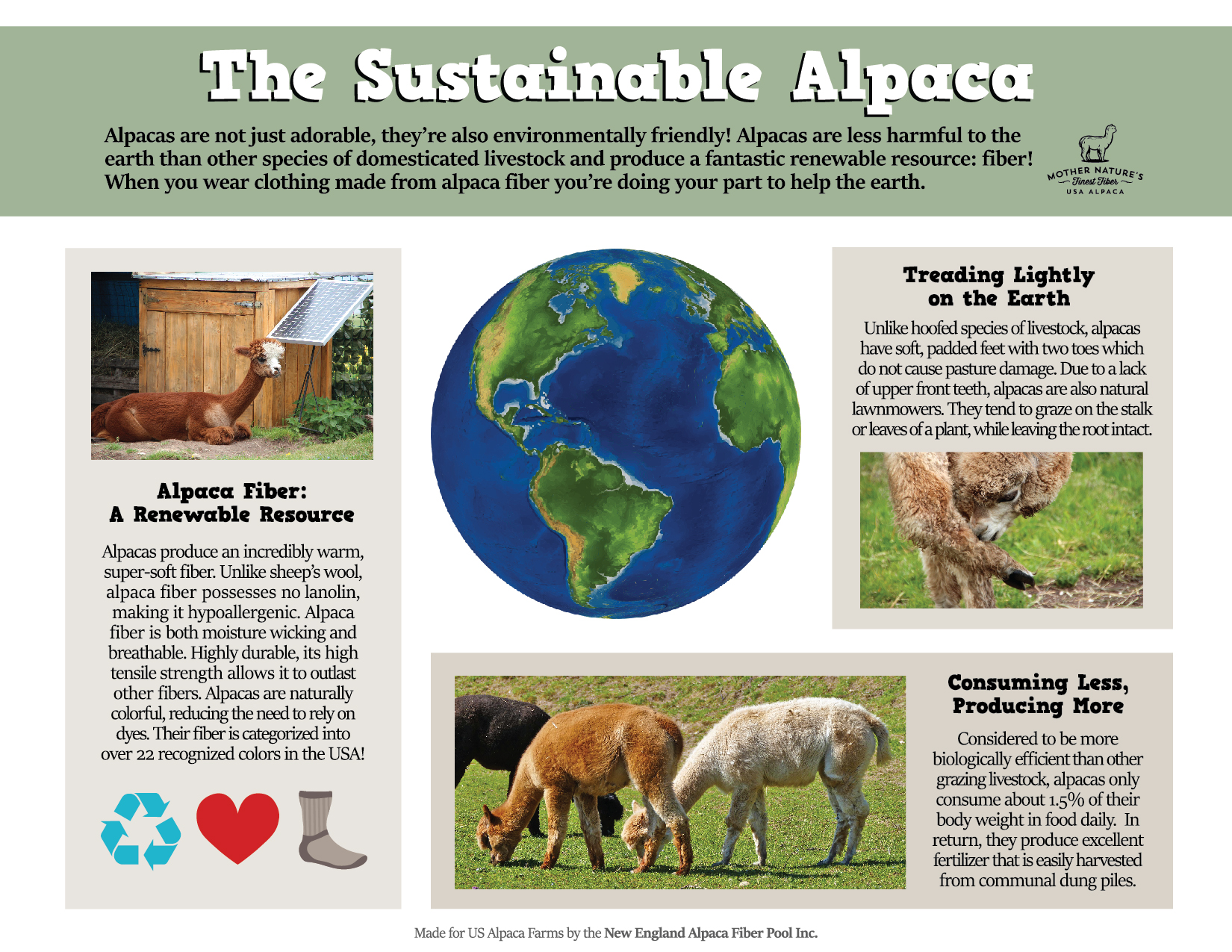
Find it here on Facebook, or download a full-size, printer-friendly version at the bottom of this article!
In the spirit of Earth Day, we're highlighting how alpacas are ecologically friendly in our newest downloadable, sharable graphic.
Check out our other downloadable graphics in previous blog posts:
Feel free to share it on your social media page or print it and use it at your next farmer's market as an educational resource.
Download the printer-friendly file here!
Have an idea for a future graphic? Email us your ideas to support@neafp.com
NEW Downloadable Content: Alpaca Myths!
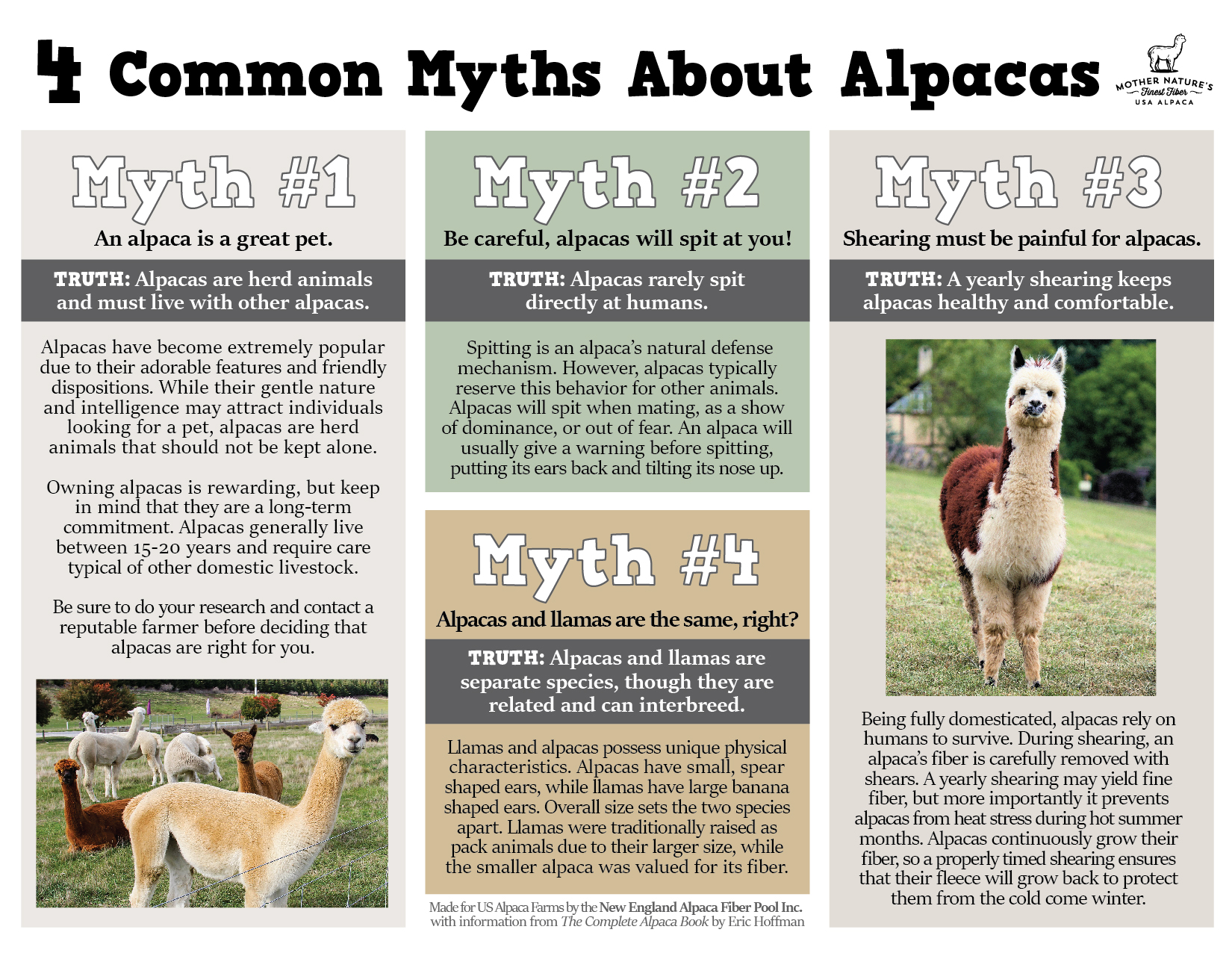
Find it here on Facebook, or download a full-size, printer-friendly version at the bottom of this article!
We’re following up our last graphic on the the Camelidae Family with a new downloadable, sharable graphic on Alpaca Myths. This graphic combines "4 Common Myths About Alpacas" into one handy graphic to help dispel misconceptions about our favorite animals!
Feel free to share it on your social media page or print it and use it at your next farmer's market as an educational resource.
Download the printer-friendly file here!
Have an idea for a future graphic? Email us your ideas to support@neafp.com
Downloadable Content for Alpaca Farms and More!
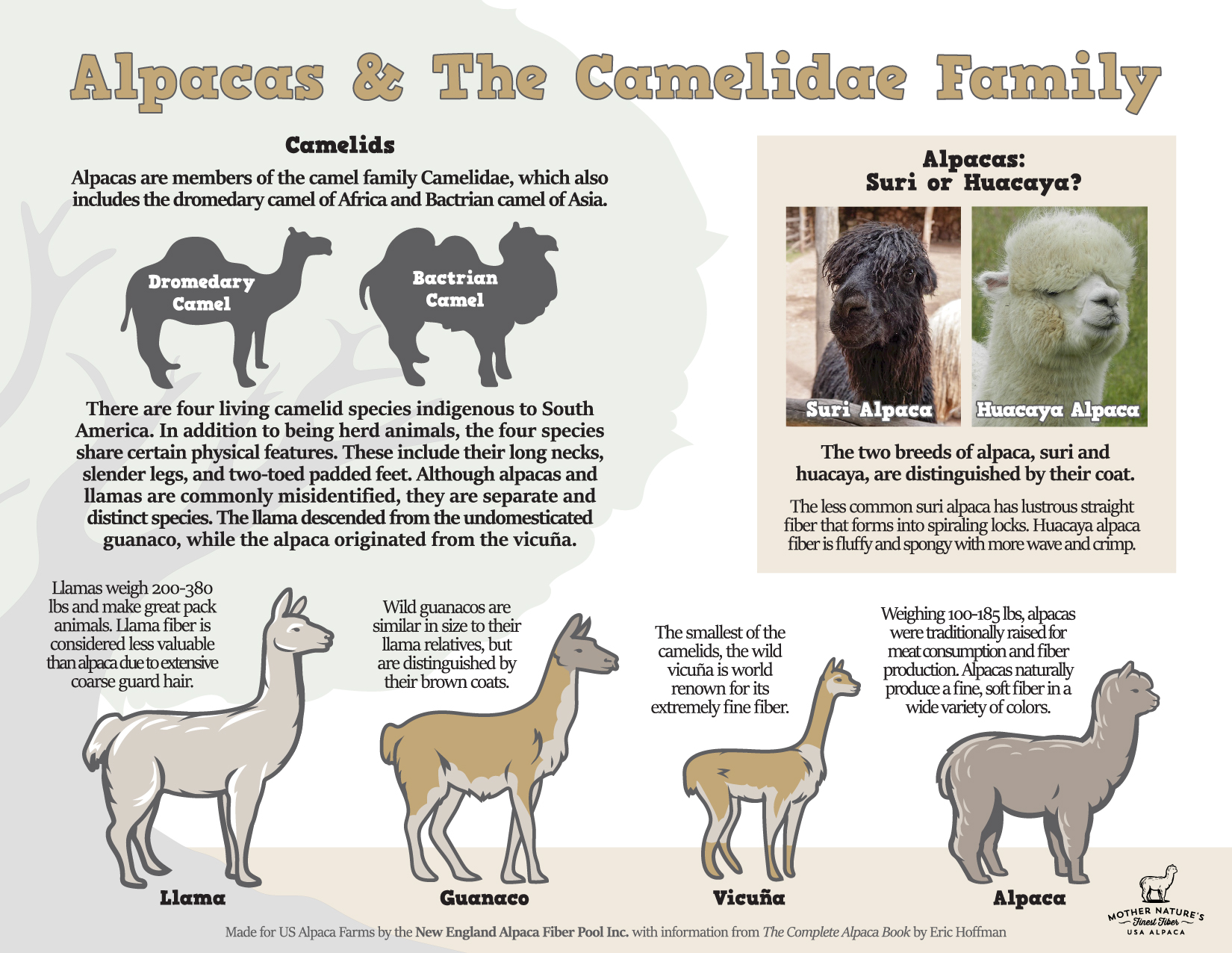
Hoping to share this graphic on social media? Find it here on Facebook, or download a full-size, printer-friendly version at the bottom of this article!
We’re often asked whether alpaca farmers can use our photos and descriptions of NEAFP products on their personal pages. The answer is always a resounding YES! Part of our job is to make it easier for you, the alpaca farmer, to successfully run the fiber side of your business.
We know you’re busy tending your herd, taking inventory of your products, and arranging your next market, so it might not always be easy to photograph products or create business collateral. In addition to creating our new Marketing & Collateral section of the website (which can be viewed when signed into your shopping account) we have some exciting things in store for 2019.
Keep your eyes peeled for updated product photography, continued product spotlights, and printable posters.
Our educational “Alpacas & The Camelidae Family” Poster is free for you to print and post at your farm or in your shop!
New Product: Alpaca Mocks Now Available!
Introducing Alpaca Mocks...
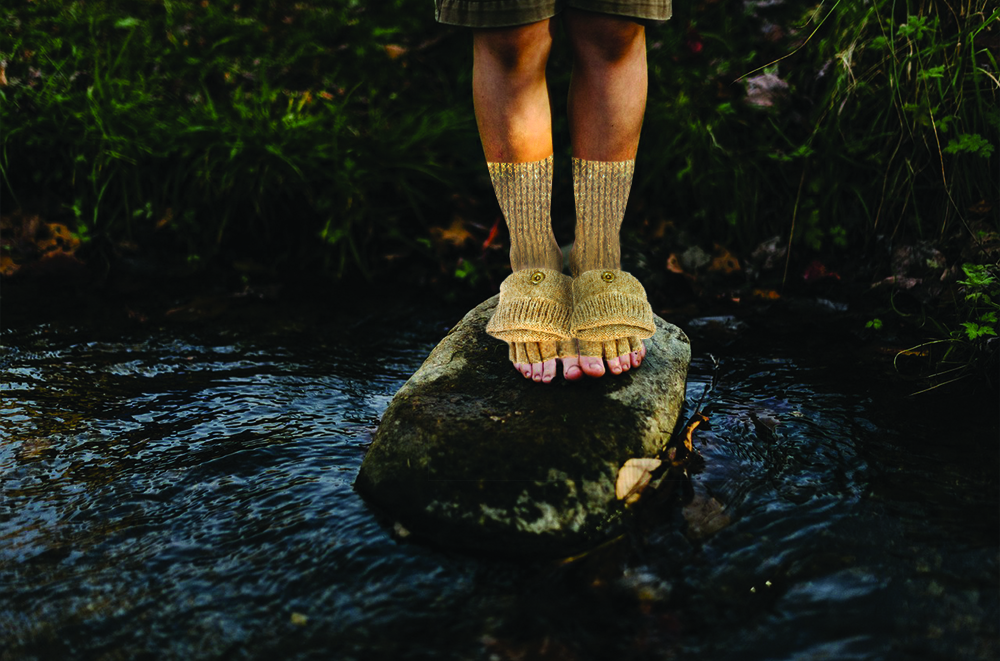
... Just in time for Spring!
After the overwhelming success of our BACKPACA Sock, we knew our next sock needed to be another all-season sock that is as versatile as you are! Rather than reinventing the wheel we took inspiration from our Alpaca Glittens to create a truly transformative sock: the Mock!
Our Alpaca Mocks feature a ribbed knit along the top of the foot and up the calf and Terry loop construction along the sole of the foot provides cushion, padding, and comfort where it's most needed. Our new open toe design allows each toe to rest comfortably with support, while maximizing breathability. An adjustable toe flap can be used for added warmth or removed for easy access during your favorite activities.
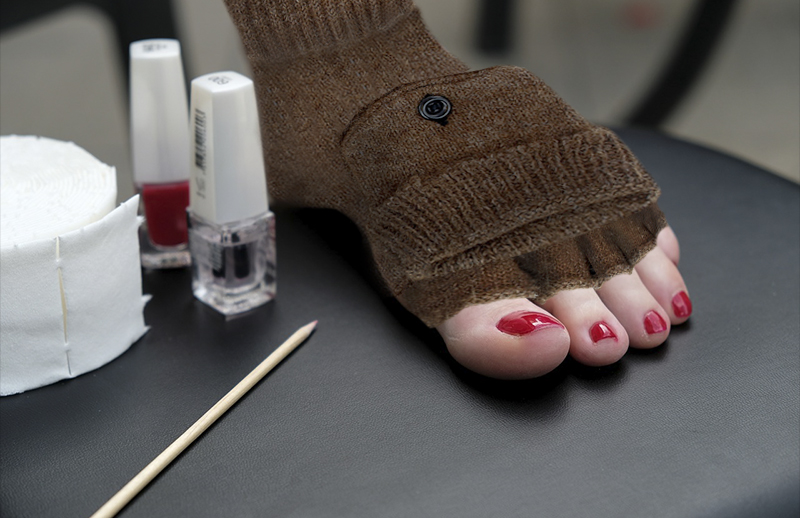
Perfect your pedi! You’ll be nice and warm in your Mocks. As an added bonus - your toes will stay separated for easy polishing!
Mocks are perfect for those unpredictable spring days, allowing you to keep your feet covered in the cool mornings, and let them free to feel the warmth of the sun in the afternoon. Flip flop wearer all year? Add the perfect cushion without sacrificing your signature style.
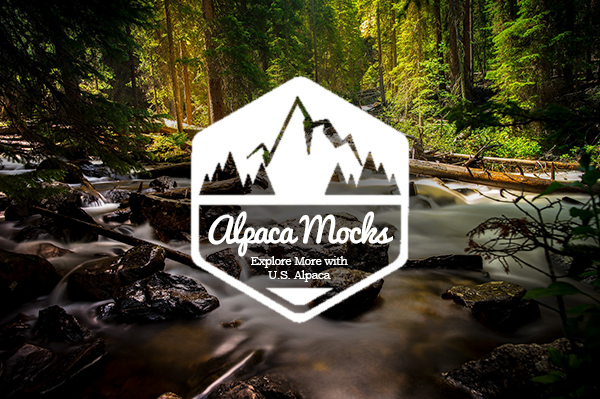
Contents: 78% U.S. Alpaca, 20% Nylon, and 2% Lycra.
Care Instructions: See Label
Fiber Requirement: 0.6 lb Prime
Suggested Retail Value: $38.00
Get yours just in time for April Fool’s Day!
Article: Alpacas are STILL Seriously Trending!
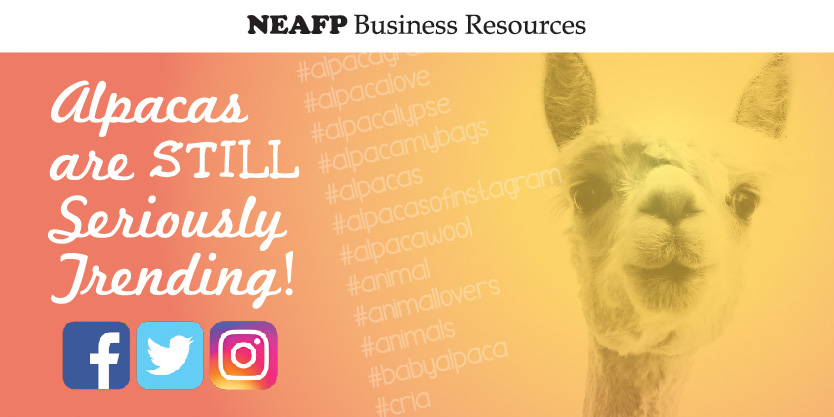
Although it might seem like yesterday, it has been almost two years since our article “Alpacas are SERIOUSLY Trending!” If you paid any attention to social media, local events, or mainstream news, you probably realized that alpacas are no passing fad-- they continue to captivate audiences across media platforms.
If you didn’t take our advice then, it’s not too late! Alpacas are more popular than ever and as an alpaca farmer, you are in the perfect position to take advantage of the ongoing buzz!

#LOVEALPACA
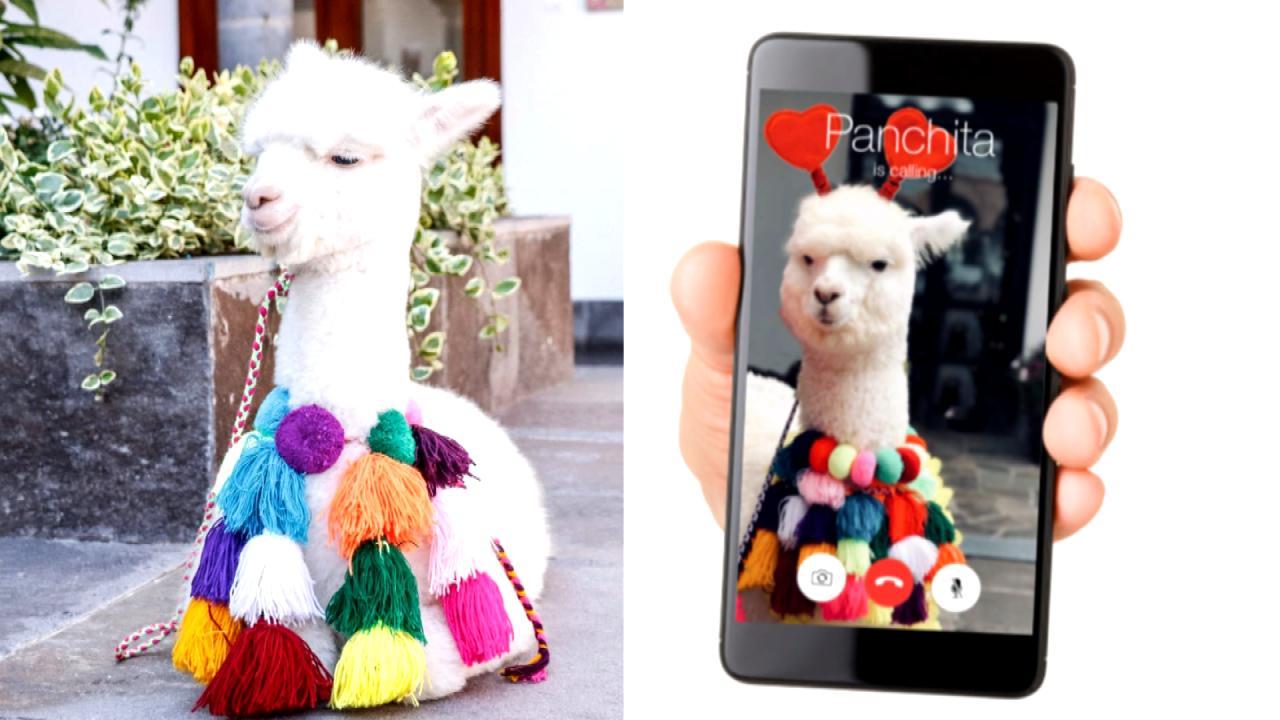
Roses, chocolates, and… an alpaca-gram? A Peruvian hotel garnered international attention when it advertised that Panchita, an adorable cria, would be sending out a select number of personalized “alpaca-grams” on Valentine’s Day. Increasingly, alpacas have become linked to romance and romantic gestures. Celebrity Hilary Duff shared her beloved Valentine’s gift with social media: an alpaca named Ivan, and soon received over 240,000 likes on Instagram.
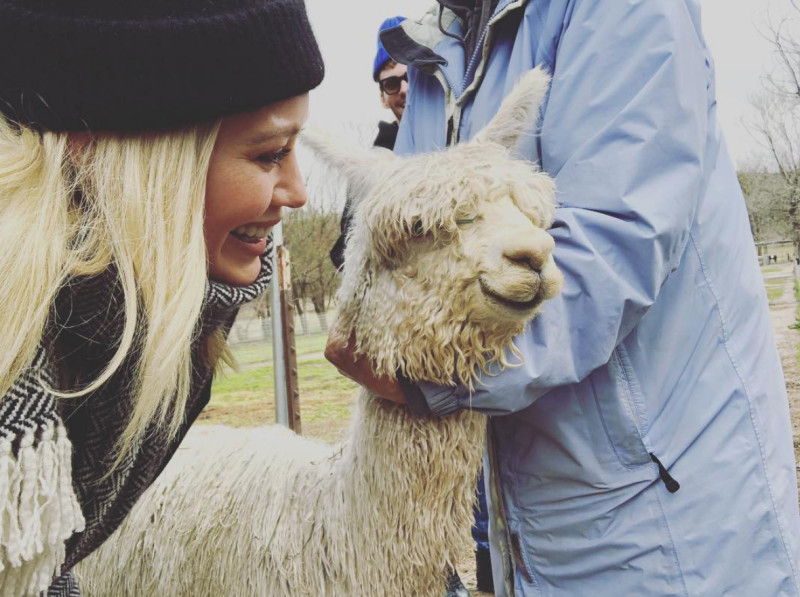
So maybe you’ve brought your alpacas to a market event, but a wedding? Yes, alpaca weddings are still all the rage. Whether you simply offer use of your farm as a backdrop for photography or find ways to involve your animals in the big day, 2019 is a great time to explore opportunities in the wedding and event planning business. Not only could this be a great revenue stream, it's also a creative way to bring your farm more exposure, and boost sales for your fiber products!

#weddinggoals: Check out more gorgeous photos of Danika Hoo-Fatt's Big Day
#NAMASTE
Here is a video of what appears to be a widely successful Alpaca yoga event at 313 Farms.
Alpaca Yoga from Layer Video Imagery on Vimeo.
At the recent AOA National Alpaca Show in Denver, visitors could enjoy both alpaca yoga classes and an alpaca selfie booth! Apparently, the selfie booth at the show was so popular in recent years that it wrapped around the building! The more photo-ops you have on your farm, the more potential social media exposure you'll get!
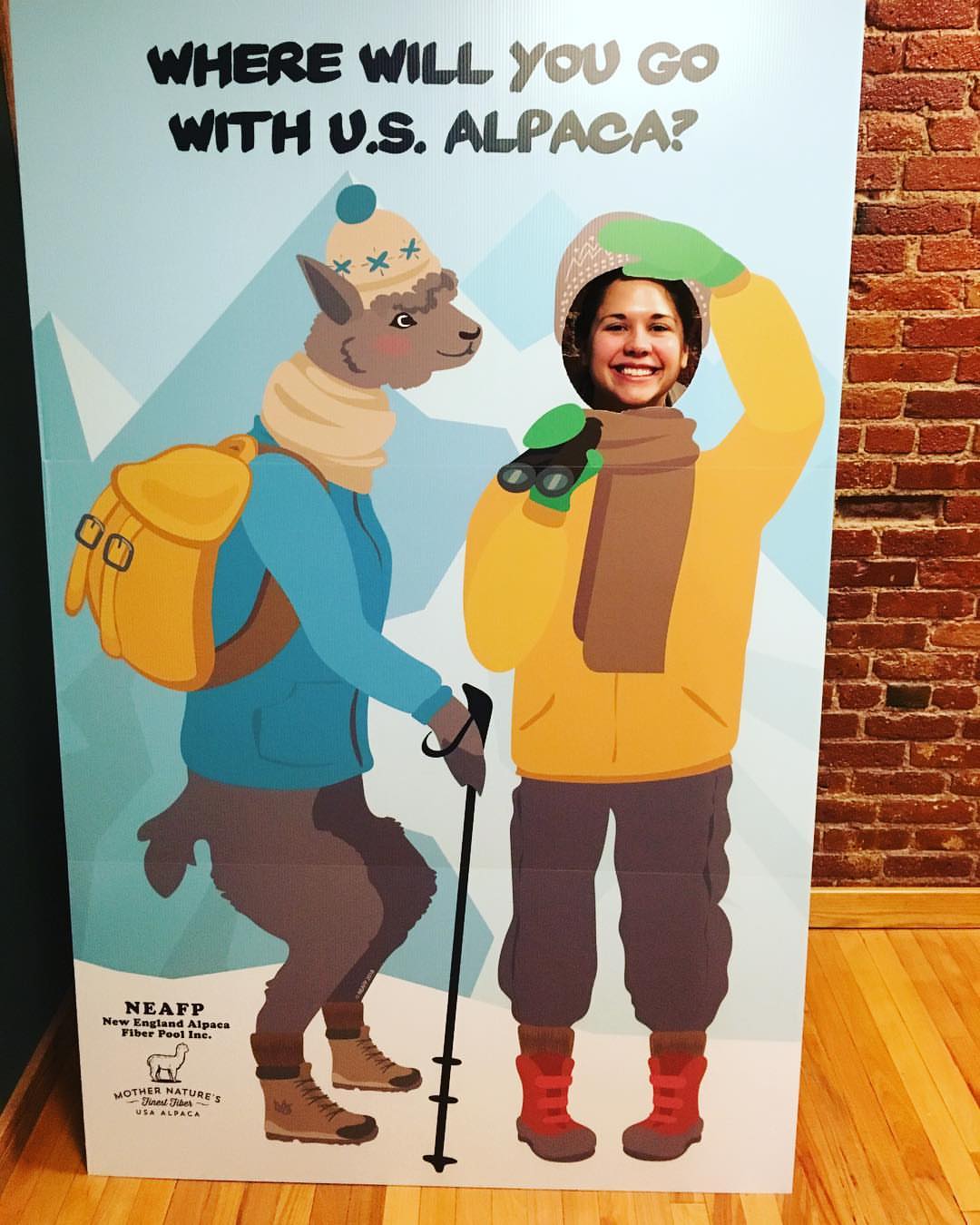
(Speaking of selfie booths, come to our booth at the next show and take a photo with Backpaca Jack!)
Your Turn!
So, how can you easily capitalize on the overwhelming popularity of the alpacas online?
If you haven’t jumped on the alpaca social media marketing train, then it is time to consider starting both a Facebook and Instagram page for your farm.
(Looking for inspiration? Check out Good Karma Ranch Alpacas, River Hill Ranch, and Borgstein Alpacas just to name a few! All three post great content often in the form of photos or videos, stay active with their followers, and are smart about tagging content!)
Although they may seem to serve the same purpose, Facebook and Instagram attract two different markets, with some overlap. Facebook's interactivity attracts a slightly older demographic, while Instagram is much more popular with the younger crowd. A Facebook page is a great place to begin, but venturing onto Instagram can bring in an entirely new market of influencers who are more than willing to share your content across the platform.
The key to success on Instagram is not only the strength of your content, but how you share it using hashtags. These hashtags allow for users to find material relevant to their interests. We’ve created a handy cheat sheet to get you started! Next time you share a photo of an alpaca, a product, your farm, or a day in the life, think about adding some of these hashtags to boost your search and get more views!
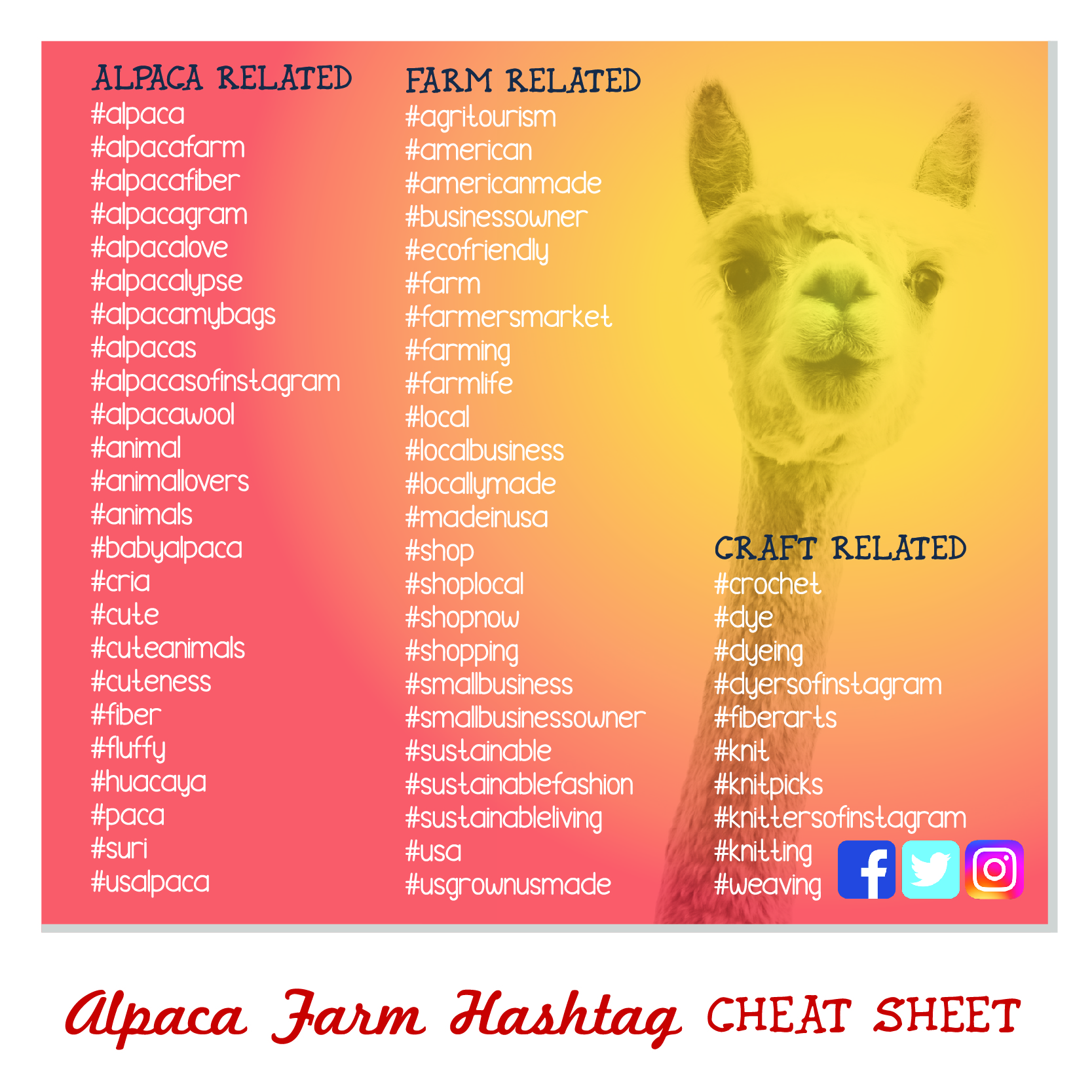
We hope that these Business Resource Blog Posts have been helpful. Is there a topic you'd like us to cover in a future post? Write to us at support@neafp.com
New Product: LOVE Alpaca and Mother Nature's Finest Fiber Tee Shirts now available!
Introducing Two New Product additions to
our Gifts and Accessories Category
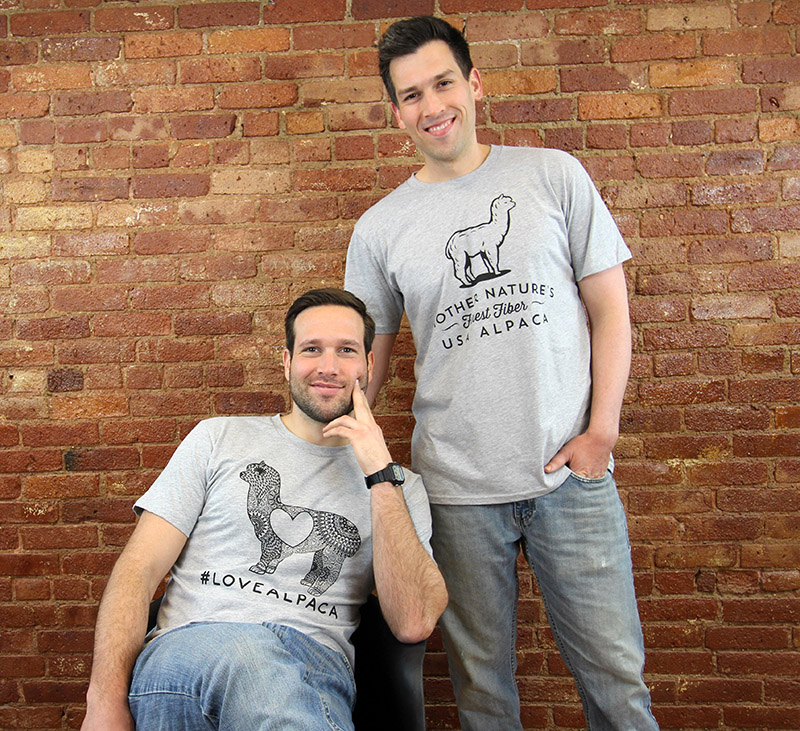
Part of our Gifts and Accessories Category (Login Required)
After launching our Gift and Accessory category last year we had many requests for the LOVE Alpaca Mandala and Mother Natures Finest Fiber designs to be printed on tee shirts and we are excited to officially launch them!
We are thrilled to begin offering both designs on a U.S. made t-shirt! The designs are printed on combed ring spun jersey knit cotton tees, giving them a super soft and vintage feel. Unisex, adult sizing available in SM, MED, LRG and XL - see the size chart to find your perfect fit.
Purchase 1 for yourself or take advantage of quantity discounts and begin offering them to your customers!
Quantity discounts automatically apply to same design, can be mixed sizing.
Suggested Retail: $24
Fine Jersey Tee Specs
- Set on rib collar
- Double needle sleeve hem & bottom hem
- Tape shoulder to shoulder
- Side seamed
- 4.4oz sq/yard fine cotton jersey
- 100% Cotton
Brands with similar fit: American Apparel, Bella + Canvas, Anvil Fashion-Fit
Designed by NEAFP
Cut, Sewn, and Printed in New England, USA
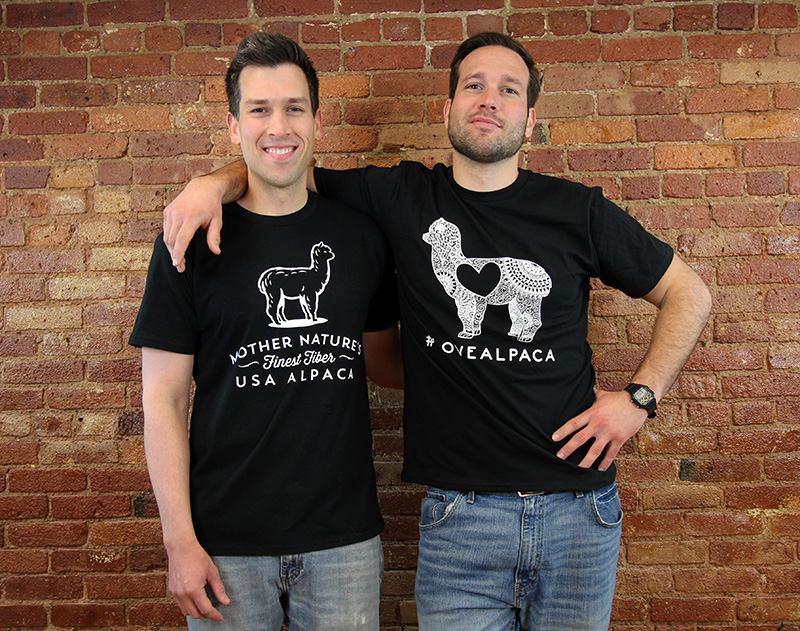
The March 2019 NEAFP Note is here!
Spring, is that you?
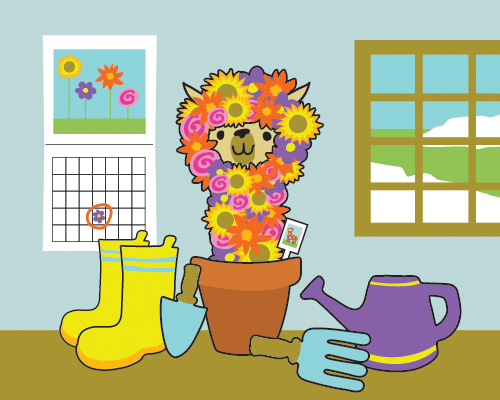
“Spring is when you feel like whistling, even with a shoe full of slush.”
— Doug Larson
Alpaca Farms are coming off their best Winter sales season ever, and with the help of some cold wind, ice, and snow, that growth has continued through the new year. Rumors of 50 degree days on the horizon, along with a little taste of sun and all the mud an alpaca farmer could want, mean that it's (almost) time to hang up that puffy winter coat for the morning barn chores.
Although alpaca is synonymous with warmth and selling a Snowflake PomPom Hat in July is almost impossible, alpaca farms aren't without their options.
Please take a minute to dive head first into the rest of this extensive NEAFP Note filled with new products and tools to continue your business's growth through the warmer months!
Read the entire March 2019 NEAFP Note here!
Article: Let's Get Personal: Expanding your Inventory with Product Personalization
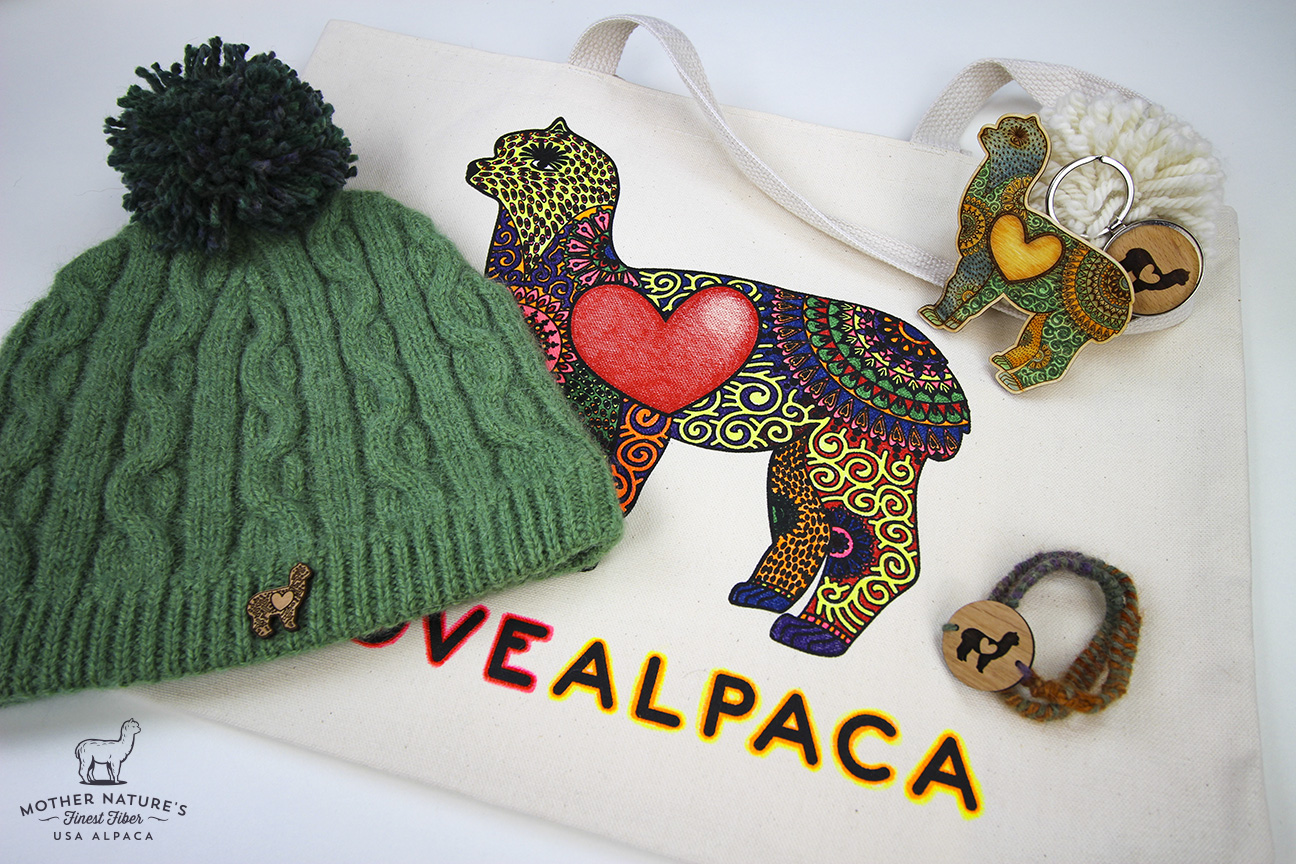
Spring is just around the corner… but the warmer weather shouldn’t mean it’s time to pack up your alpaca products!
Over the past year or so, we’ve been trying to make it easier for you to sell alpaca-related goods all year-round. In 2018 we not only debuted our extremely versatile Backpaca Sock, but also our Alpaca Gifts & Accessories category which includes customizable keychains in addition to pins and totebags for the alpaca lover in all of us. Perhaps you’ve bought a button or two, or you’ve seen our canvas totes at a show. We’ve put together a few ways you can really capitalize on these products to make them stand out and grab attention without much extra effort!
1. Live in Color
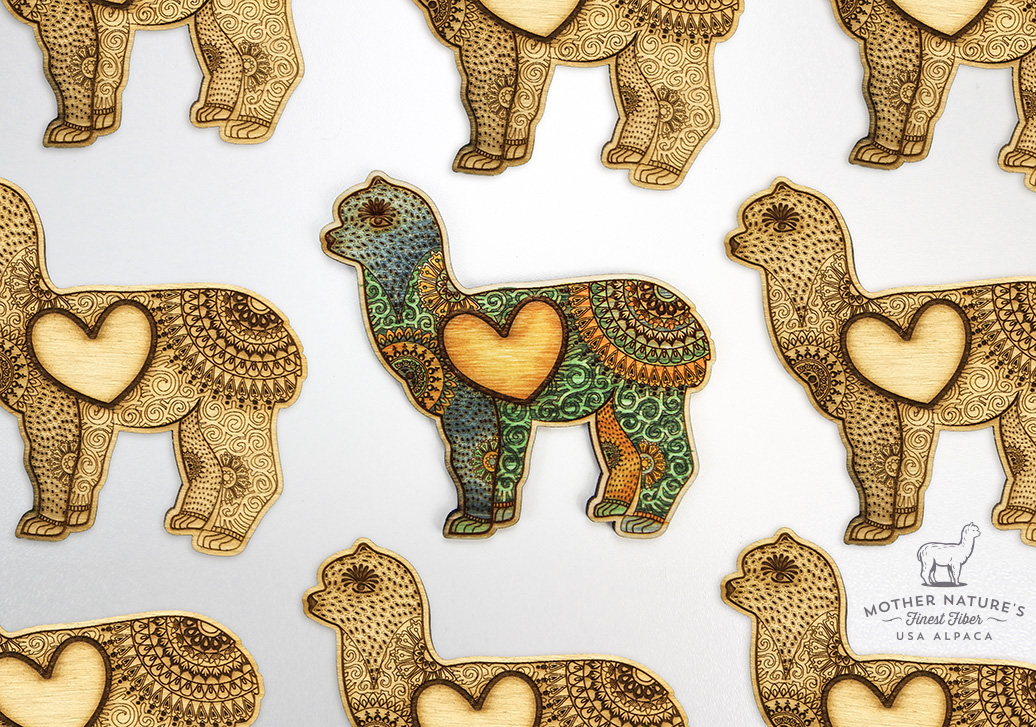
Coloring books are all the rage, so perhaps we’re not the only ones who think the Mandala Alpaca design would be a perfect coloring candidate! Currently available on our Mandala Magnet and our Love Mandala Shoulder Tote Bag, this alpaca is a blank canvas for you or your customers to embellish as you wish. Before your next farmer’s market, get to your nearest craft store and grab some fabric markers and paint and have some fun! Turning these items into a customizable experience is a great way to grab customers.
Do you hold events on your farm? How awesome would a magnet decorating station be during an open house?
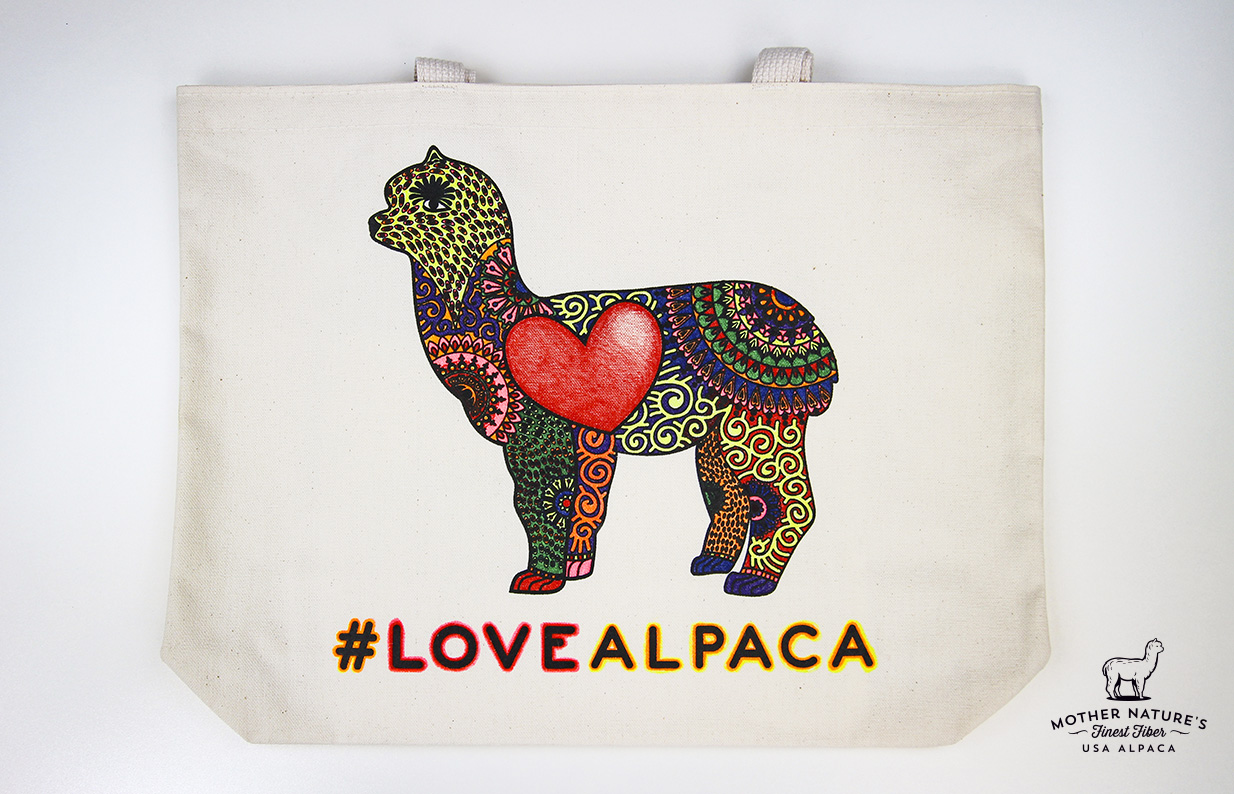
DIY Colorful Custom Tote
What you’ll need:
-1 Shoulder Tote Bag
-Fabric Markers or Fabric Paint (We used Stained by Sharpie Brush Tip Fabric Markers)
2. Pom Pom On
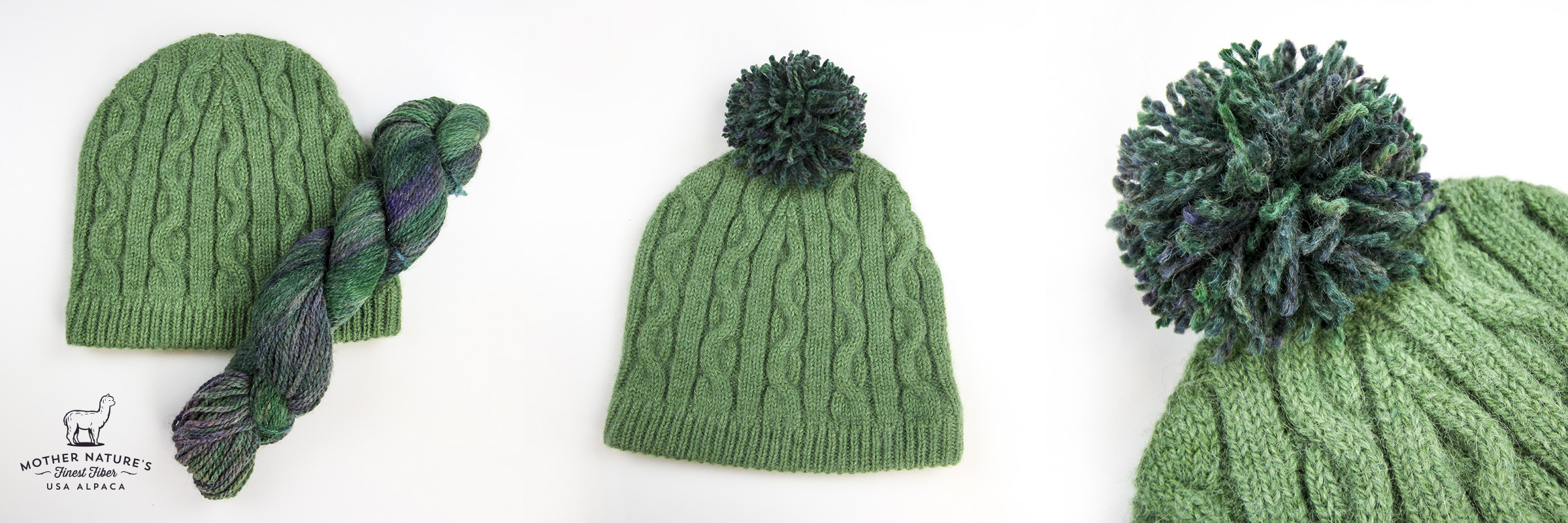
Sometimes adding a pom pom onto a hat can take it to new heights (literally!) A pom pom is a great way to bring additional colors and textures into your stock. Our popular BOLD Cable Knit Beanie is NEAFP's take on the classically stylish cable knit hat. We added a pom pom, made out of our Unicorn Yarn, to give it a totally different personality: from classically chic to youthful and trendy!
While they may look complicated, pom poms are not that difficult to make. There are ready-made tools designed to help you, but it’s easy enough to make one with some cardboard, scissors, and yarn! ...And you're not limited to putting them on hats. Pom poms have popped up lately on all kinds of clothing and accessories: even keychains!
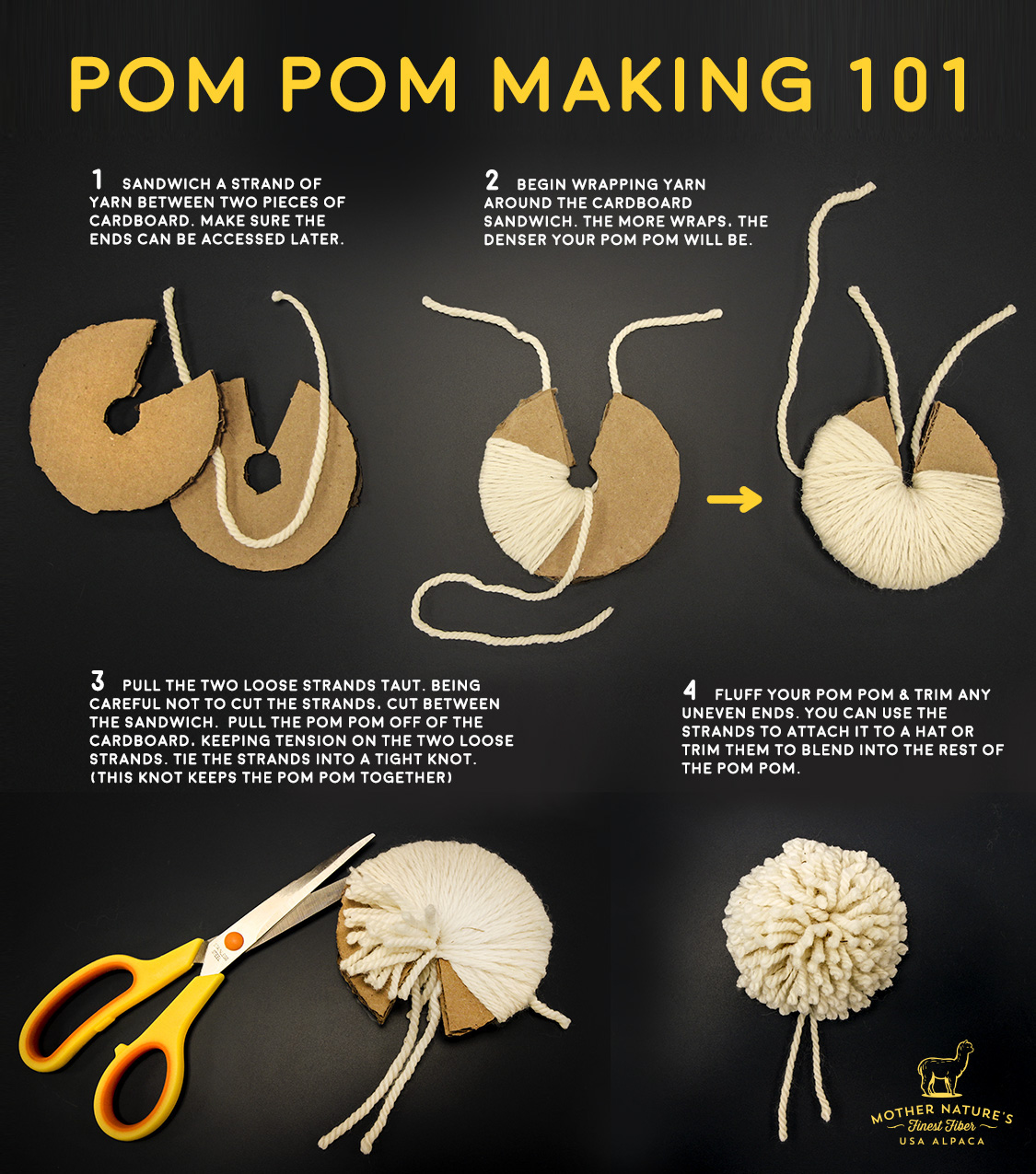
3. Pin it to Win it
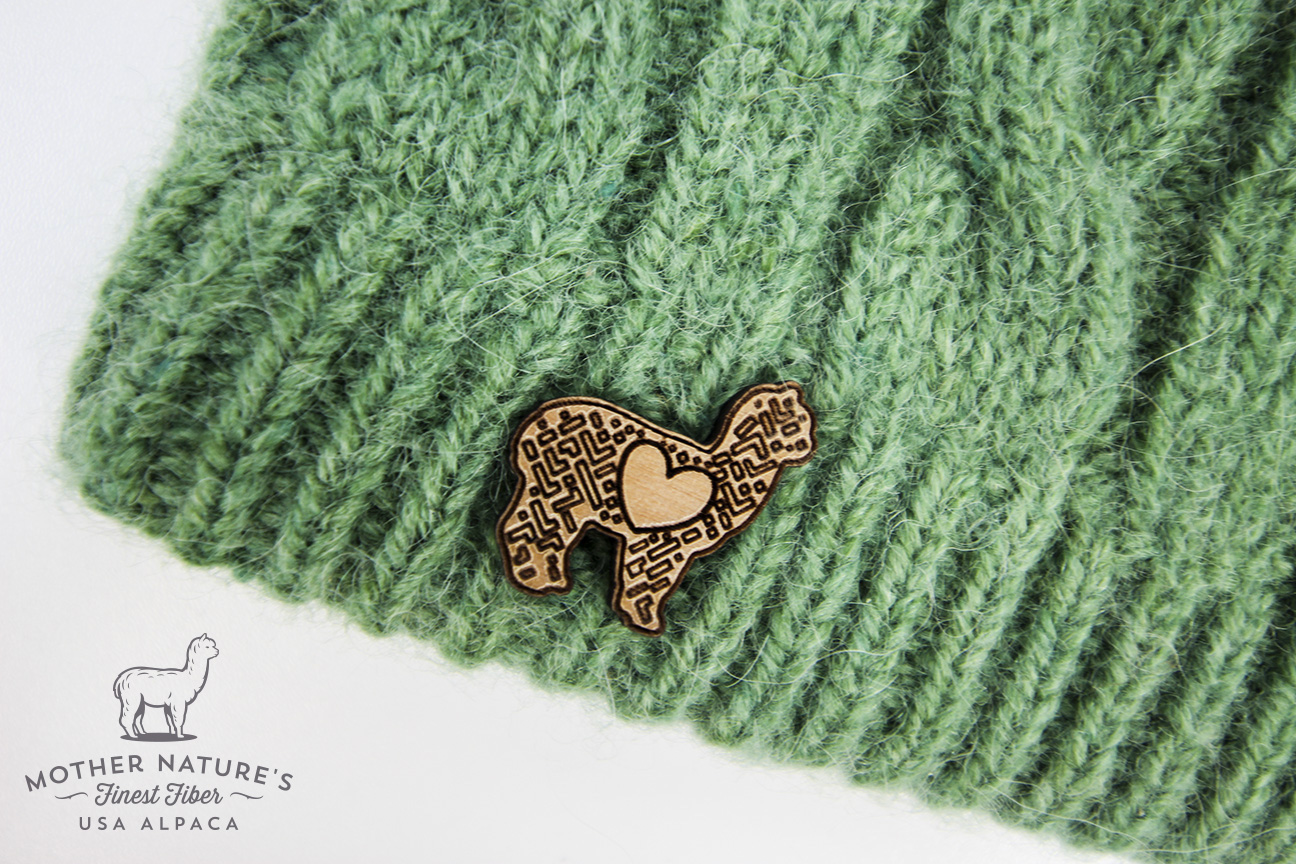
Wondering how to use NEAFP’s buttons and pins? Their simplicity makes them extremely versatile! The LOVE Alpaca Hat / Lapel Pin uses a clutch back and is a great choice for bags, garments, and even homemade brooches! LOVE Alpaca Buttons can be sewn onto products for decoration, or as an actual closure of course! Alpaca buttons can also be used for all kinds of craft projects, including cute handmade bracelets. (Extra credit if you use felted Alpaca beads!)
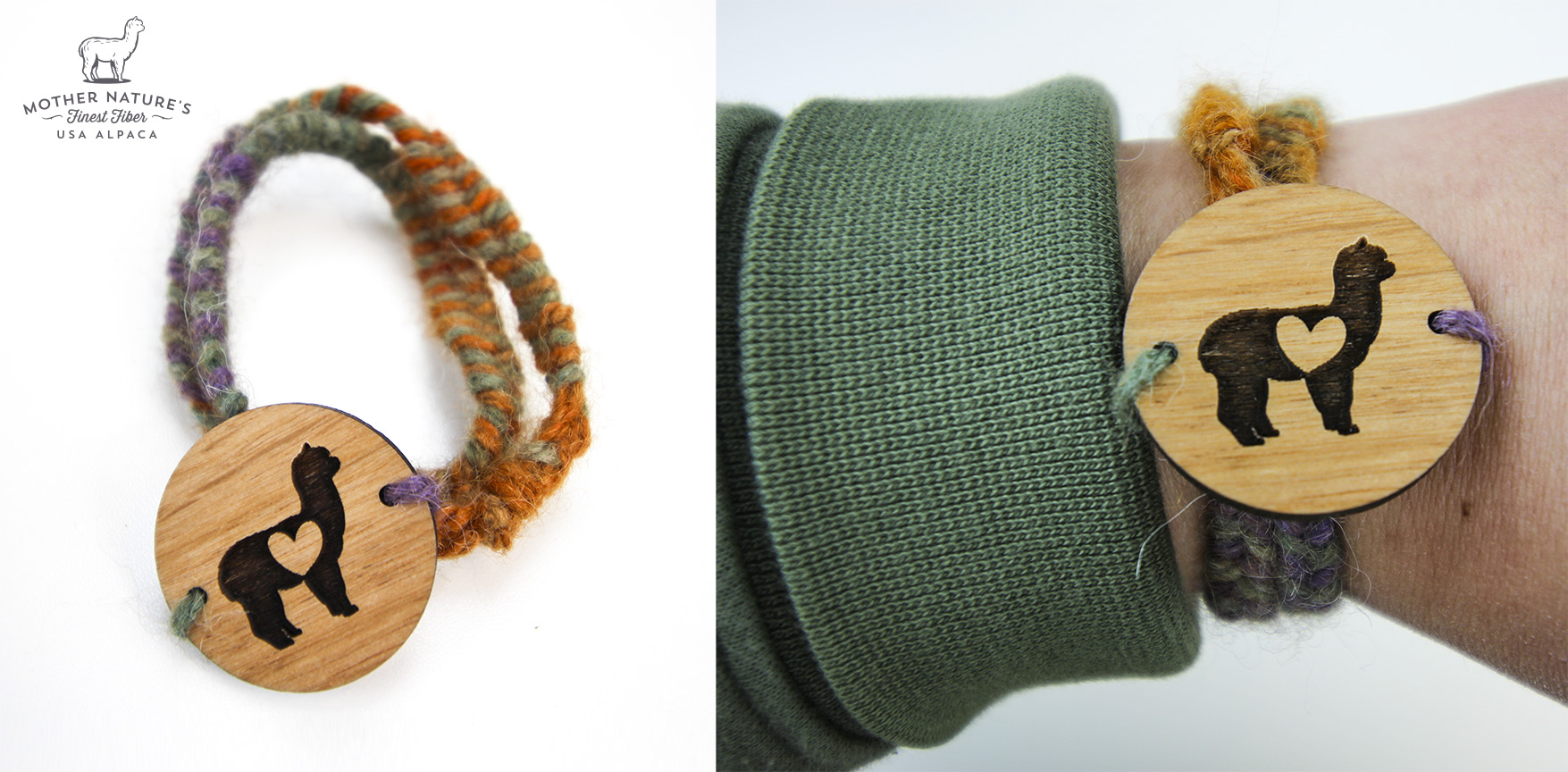
DIY Button Wrap Bracelet
What you’ll need:
-1 Alpaca Button (Customized, if you’d like!)
-Twine or yarn (We used DK Weight Unicorn Yarn)
-Scissors
What now? Think outside the box and get a little personal with your products! We hope that these Business Resource Blog Posts have been helpful. Is there a topic you'd like us to cover in a future post? Write to us at support@neafp.com
Our *NEW* DK Knitter's Yarn is now available!
Our New DK Knitter's Yarn is officially on the website and ready to ship!
This new All Natural DK Weight Knitter's Yarn is made using U.S. Grown Alpaca blended with U.S. Merino Wool. It's soft, warm, and cozy and the DK weight is fast knitting and perfect for a wide range of patterns.
Skeins are 3.5 oz and approximately 185 yards each. This yarn is a 2 ply, giving it nice hand and improved strength for a wide variety of projects.
Soft, smooth, and bright - a truly beautiful yarn!
Contents: 70% US Alpaca, 30% US Merino
Needle Size: 9-10
Product Spotlight: Big Cable Alpaca Blanket
February is a month for romance, hot cocoa by the fire, and cozy afternoons with a good book. Treat yourself, or someone you love to the luxury of our Big Cable Alpaca Blanket, made out of Mother Nature’s Finest U.S.A. Alpaca Fiber.
